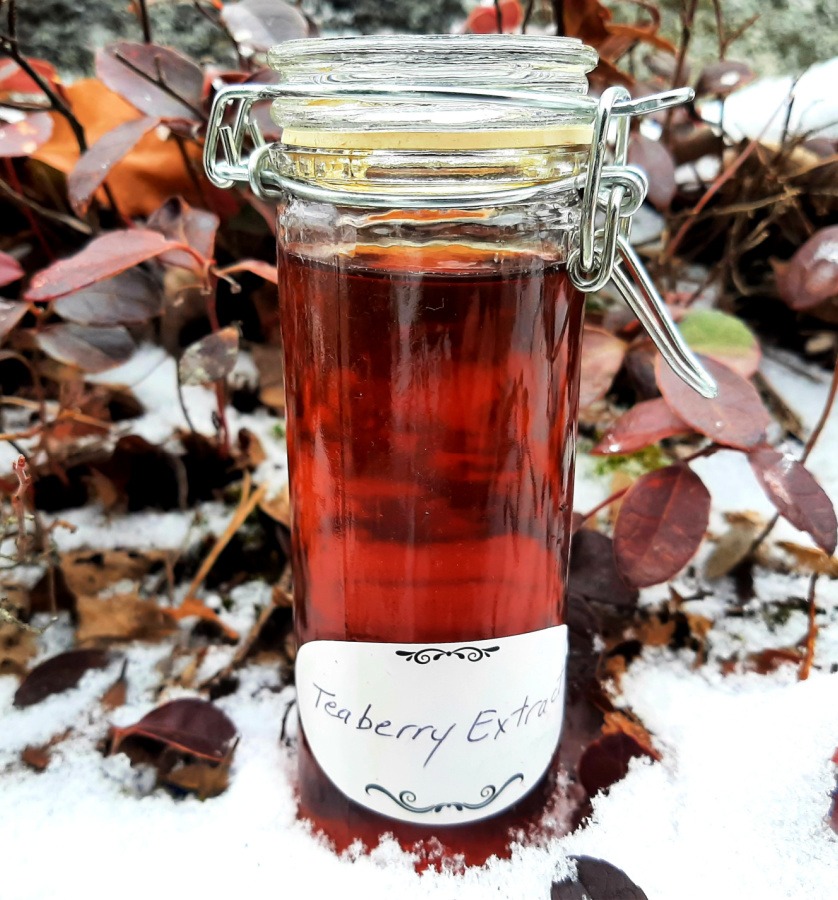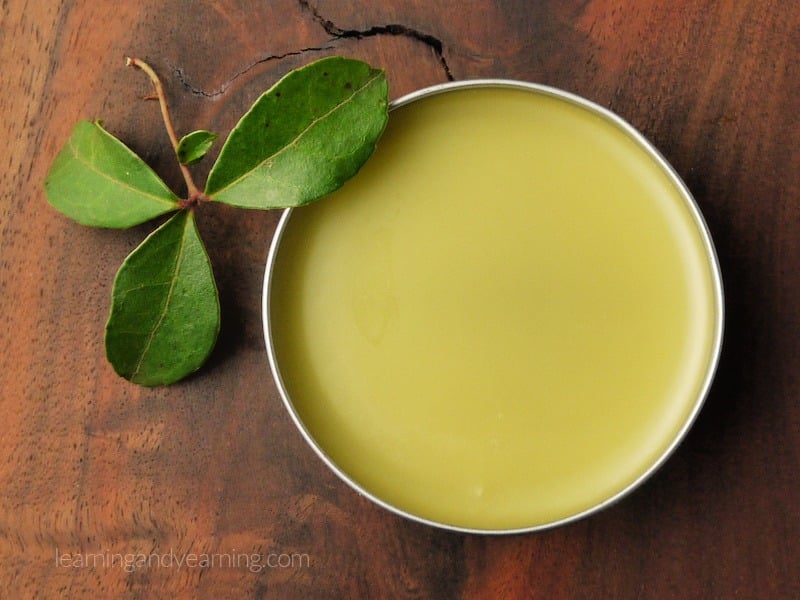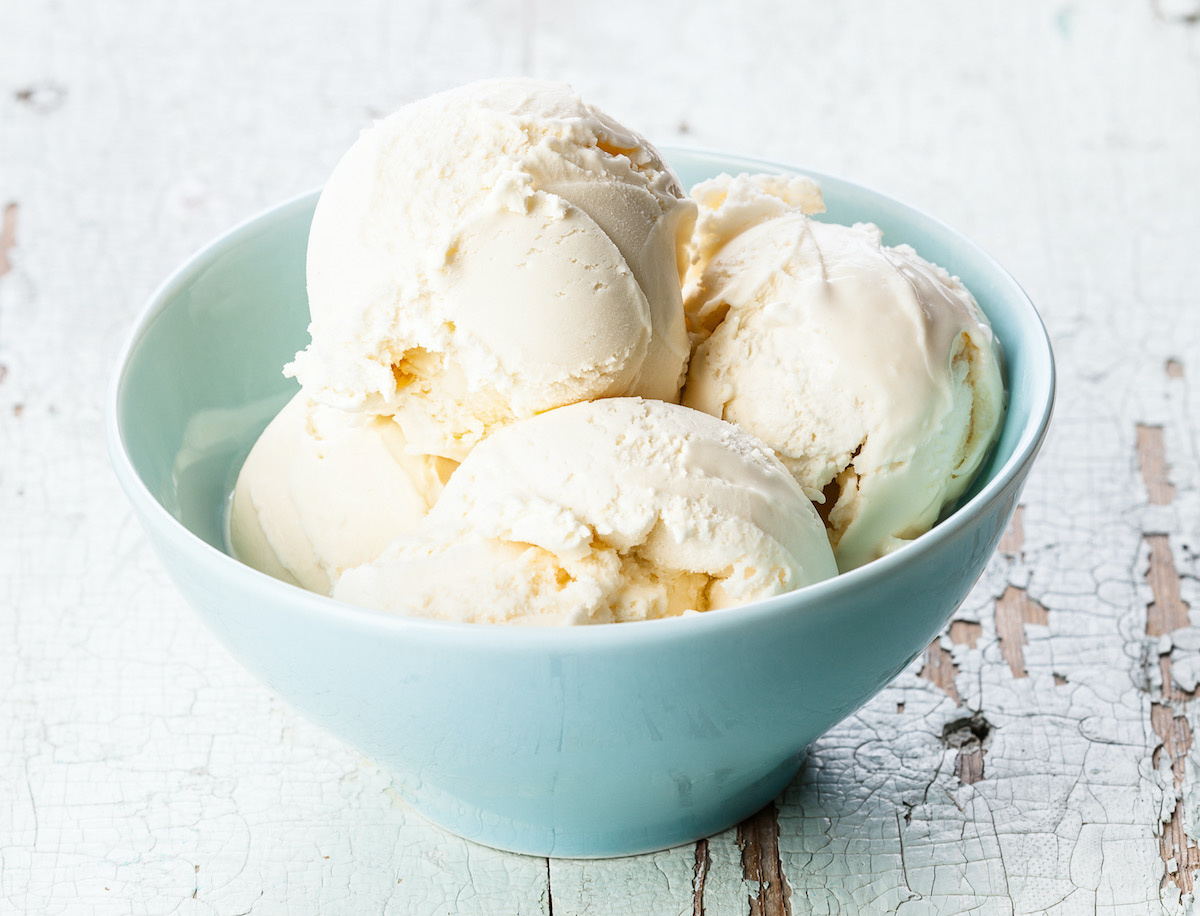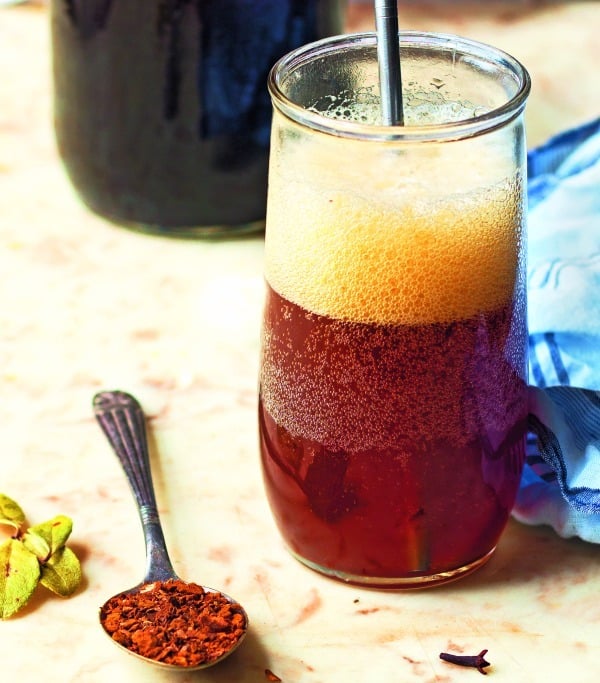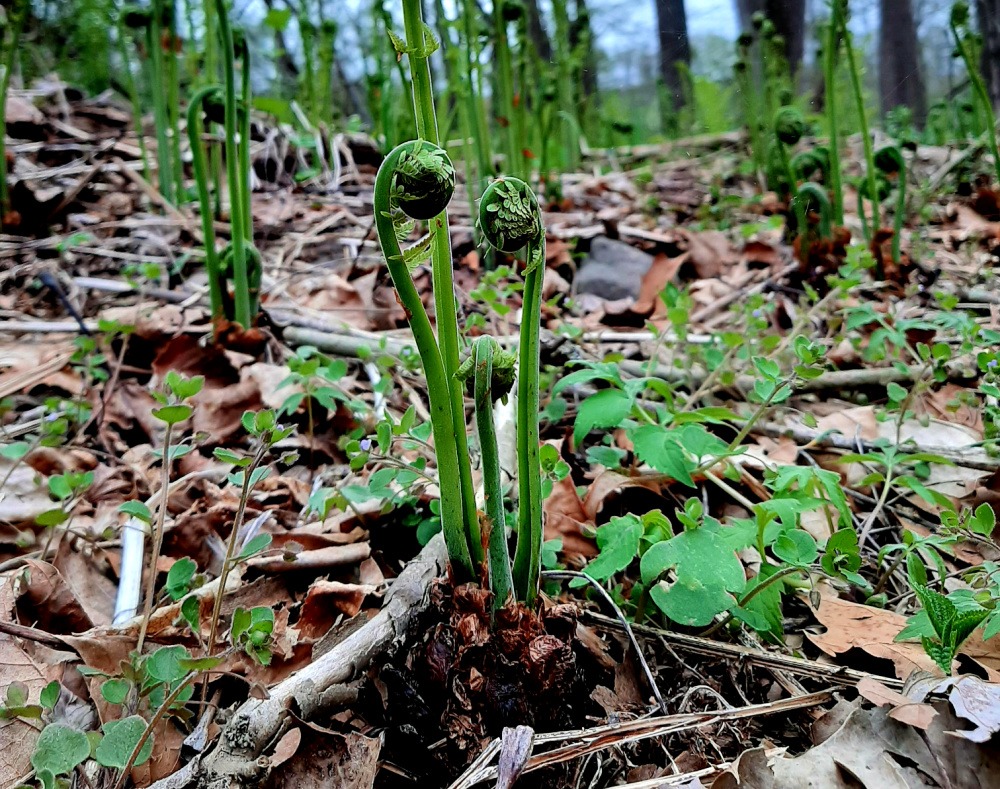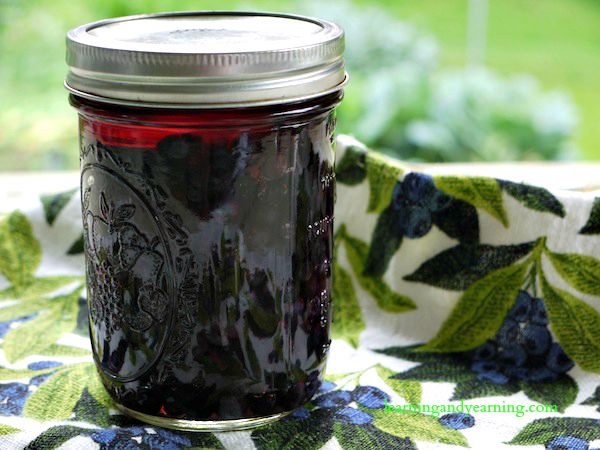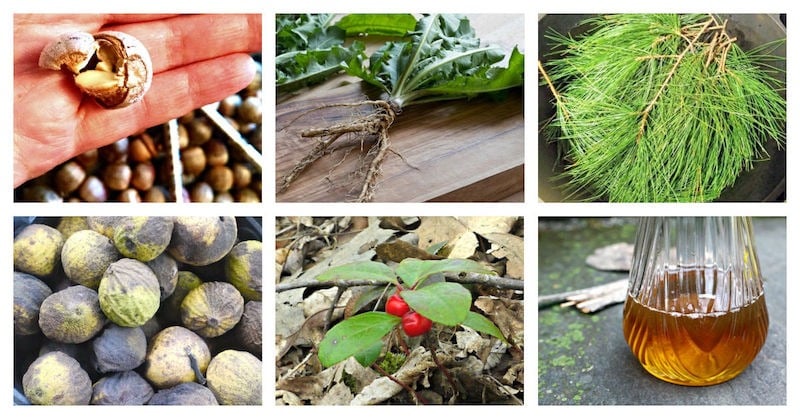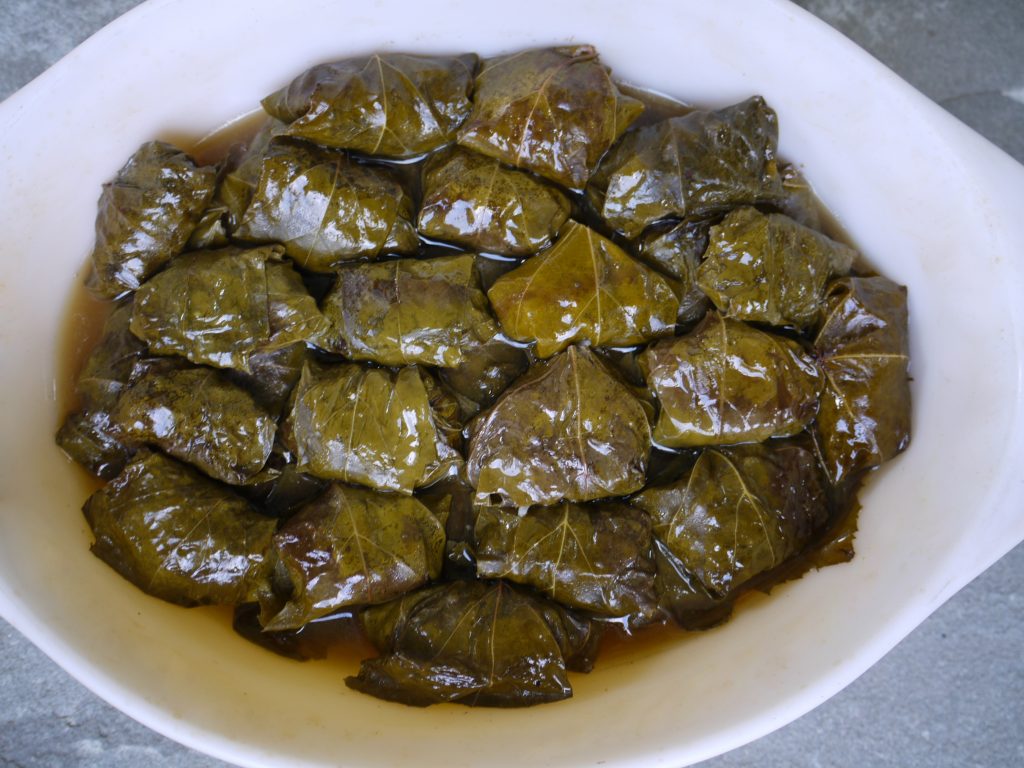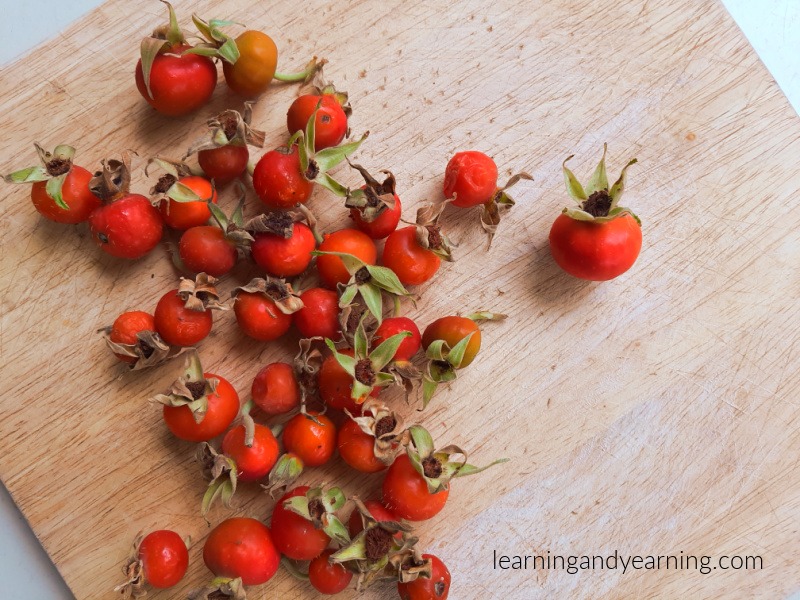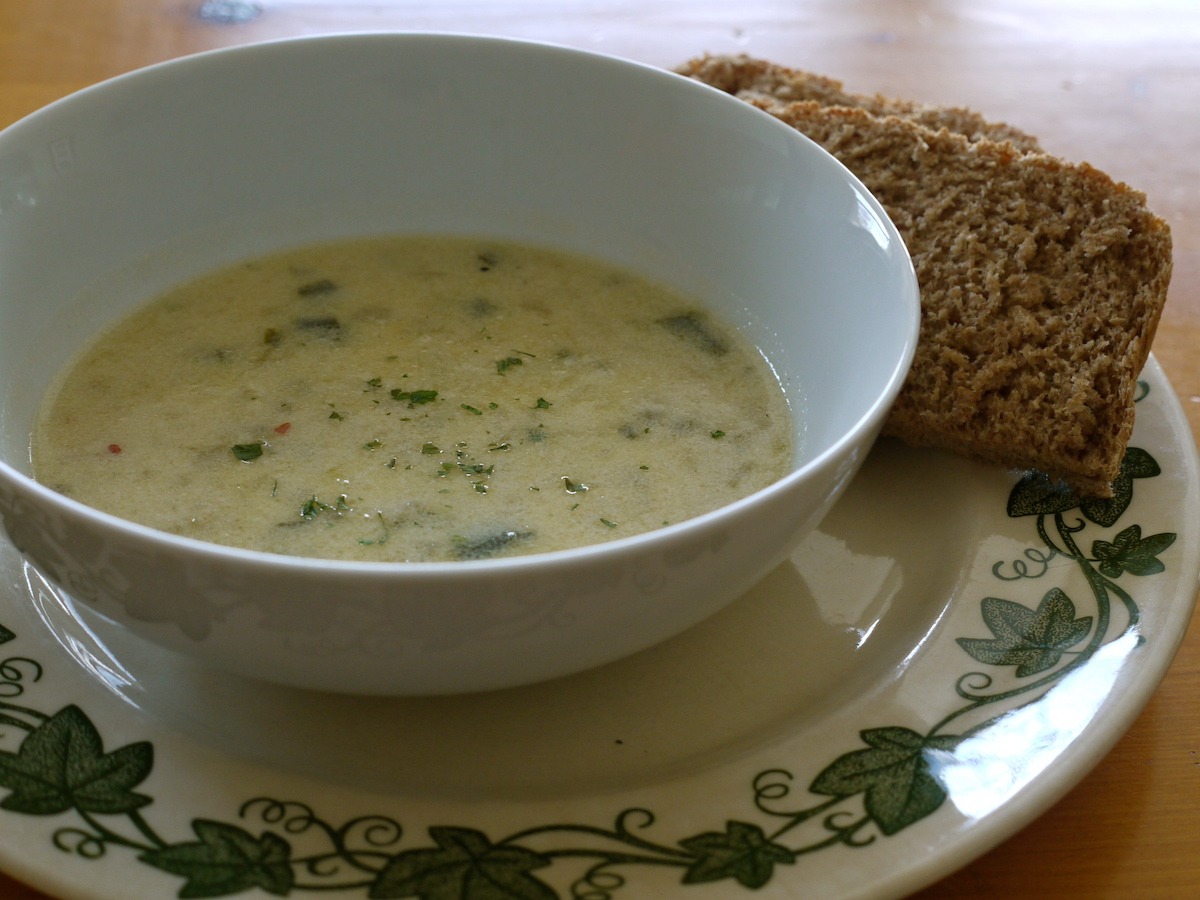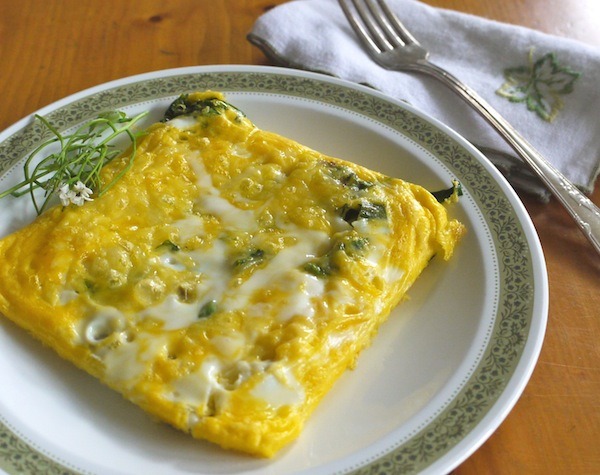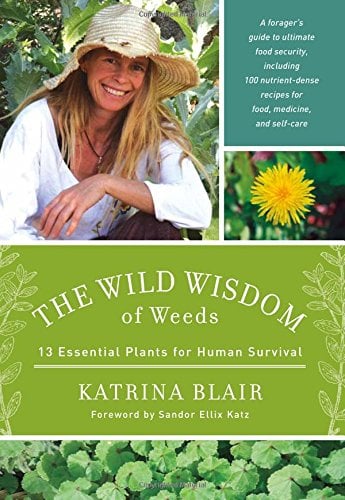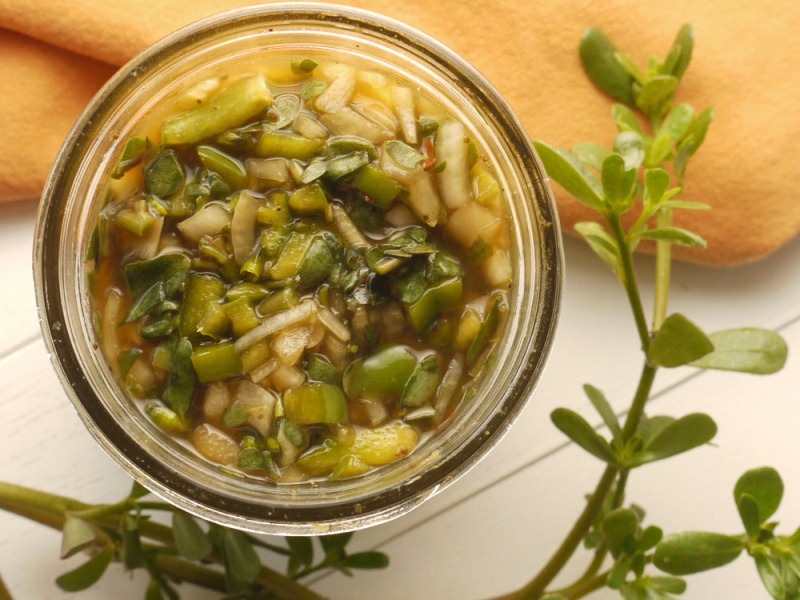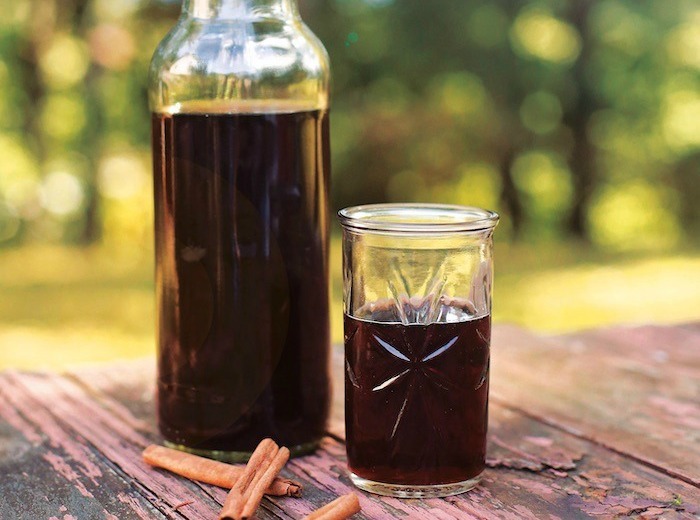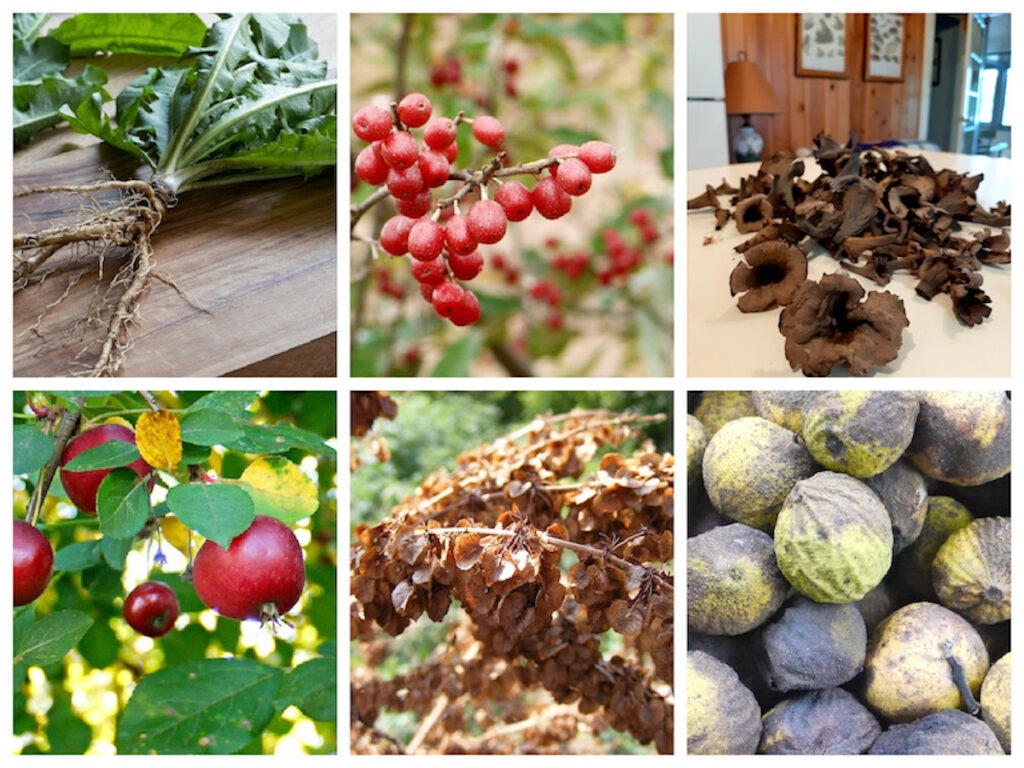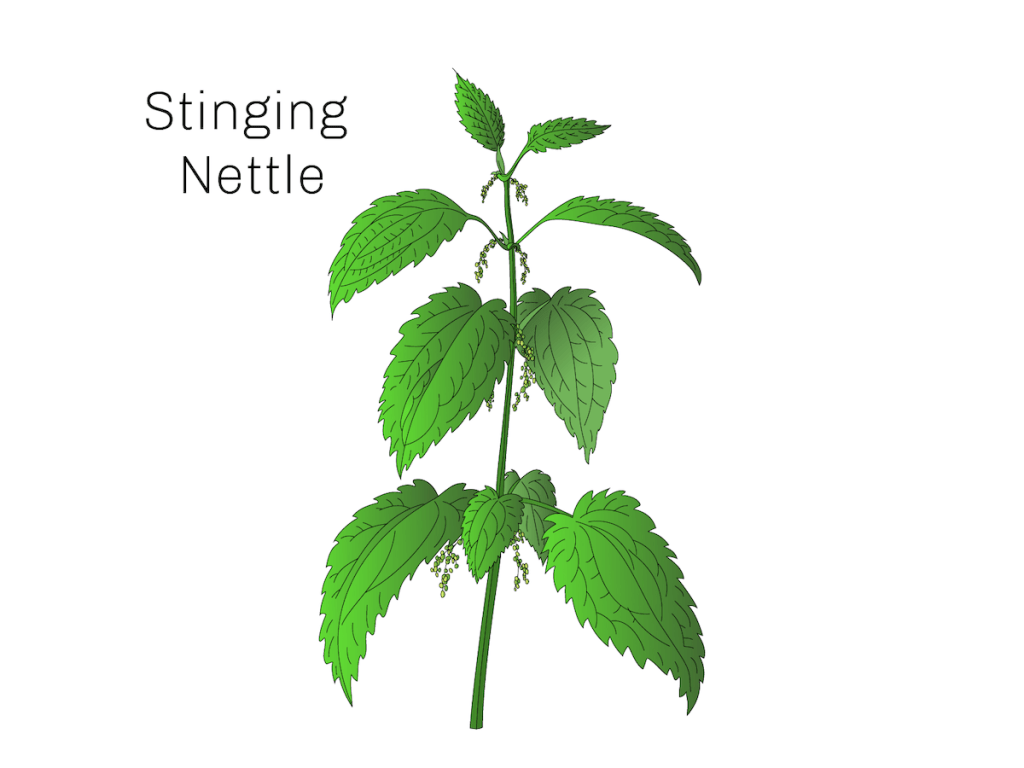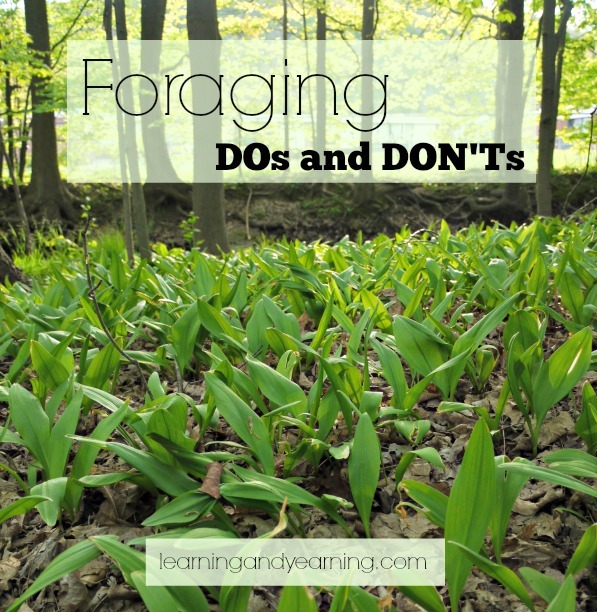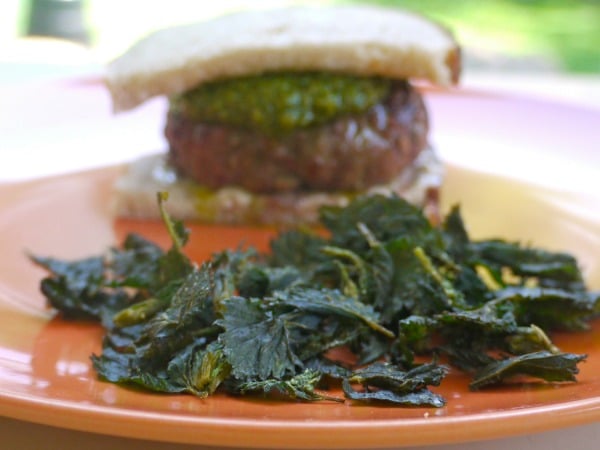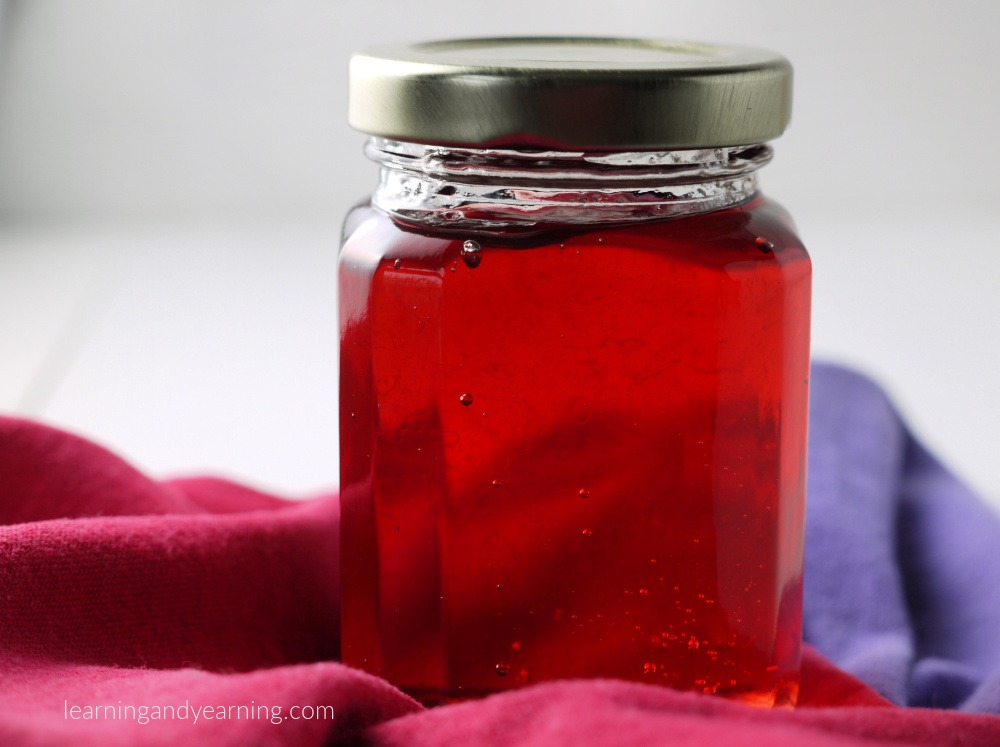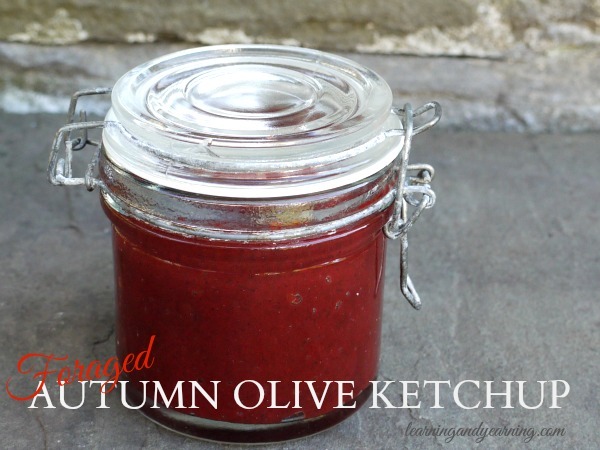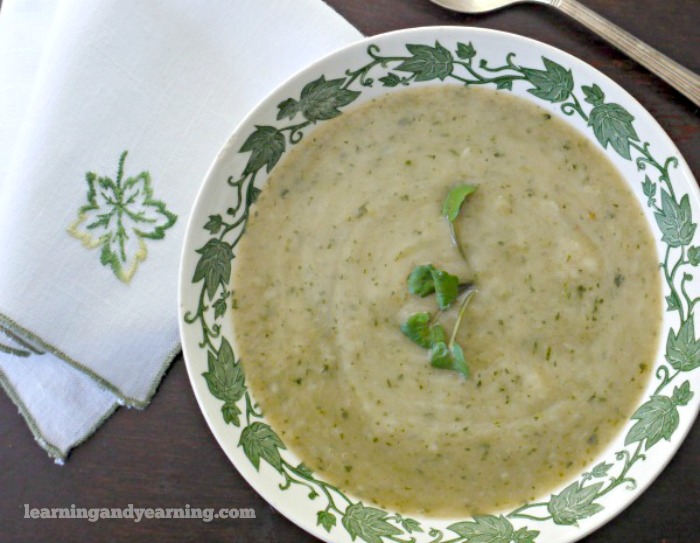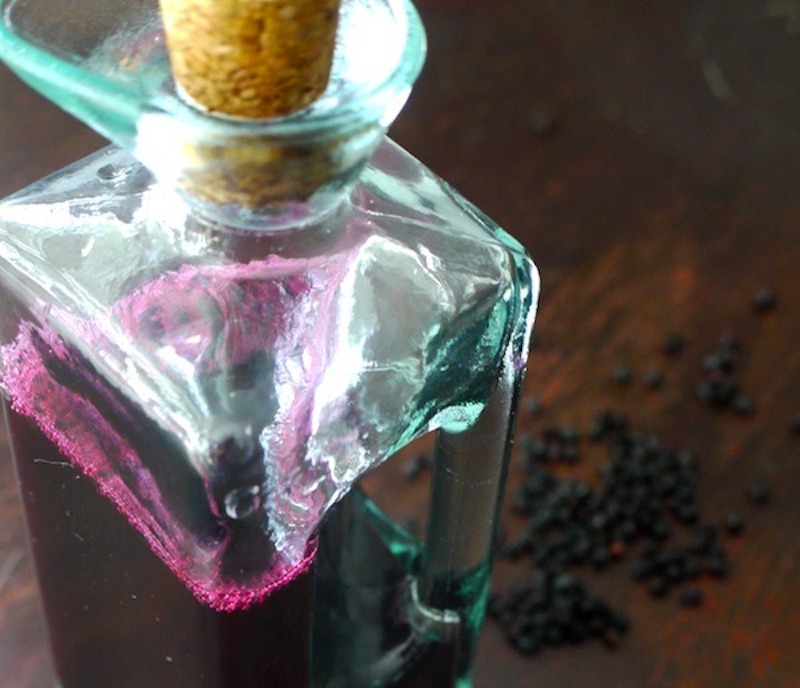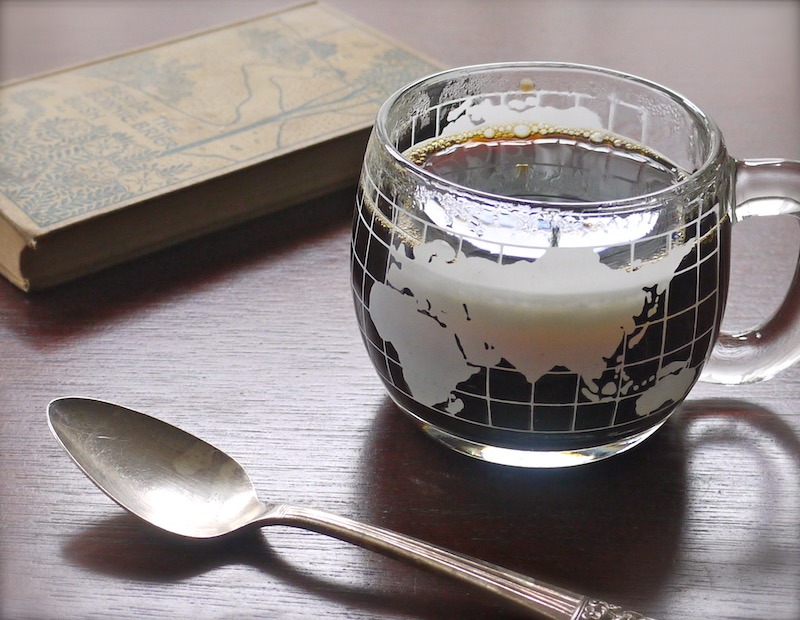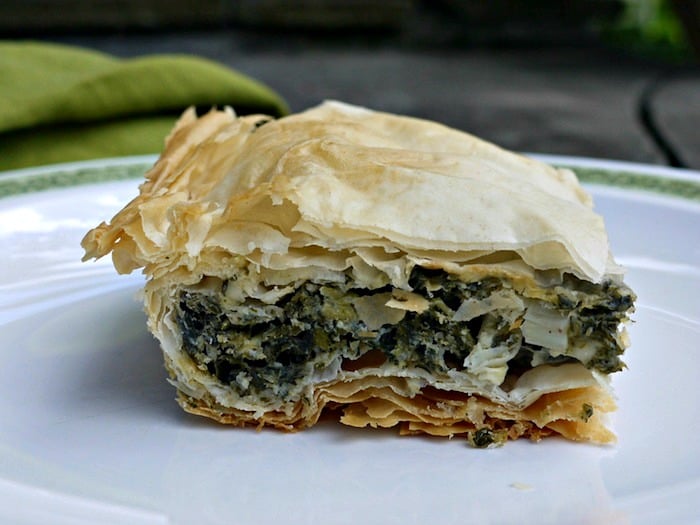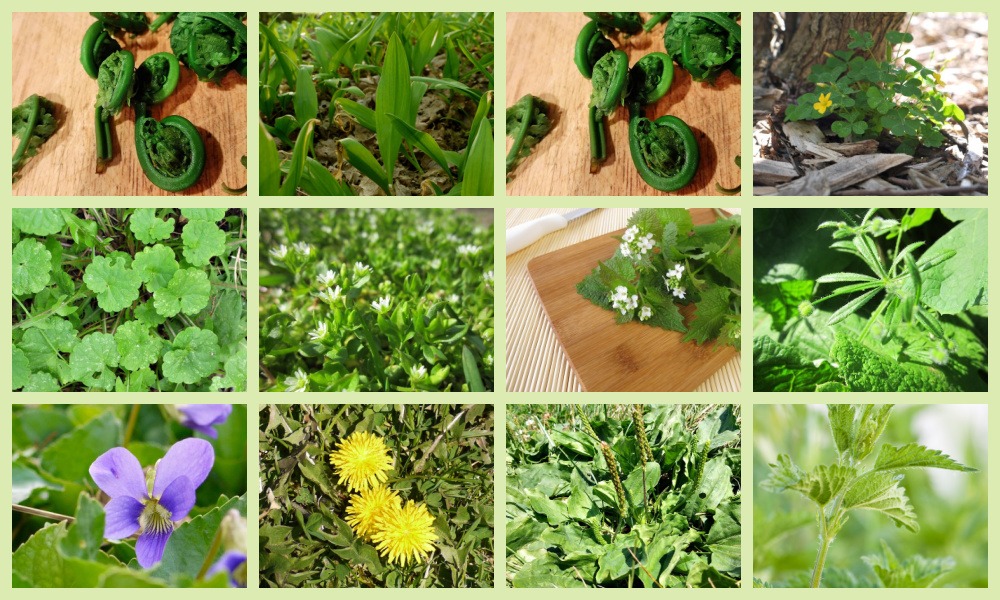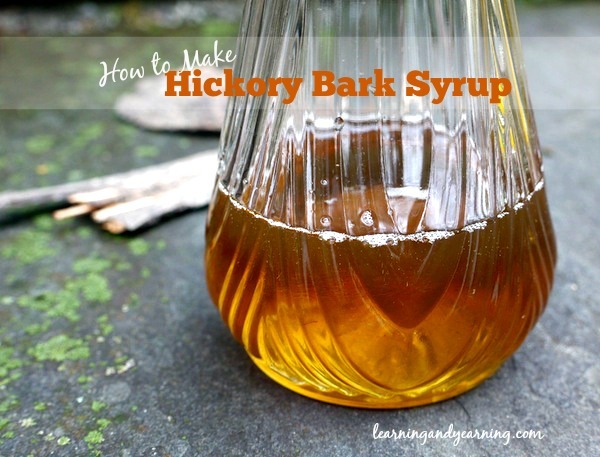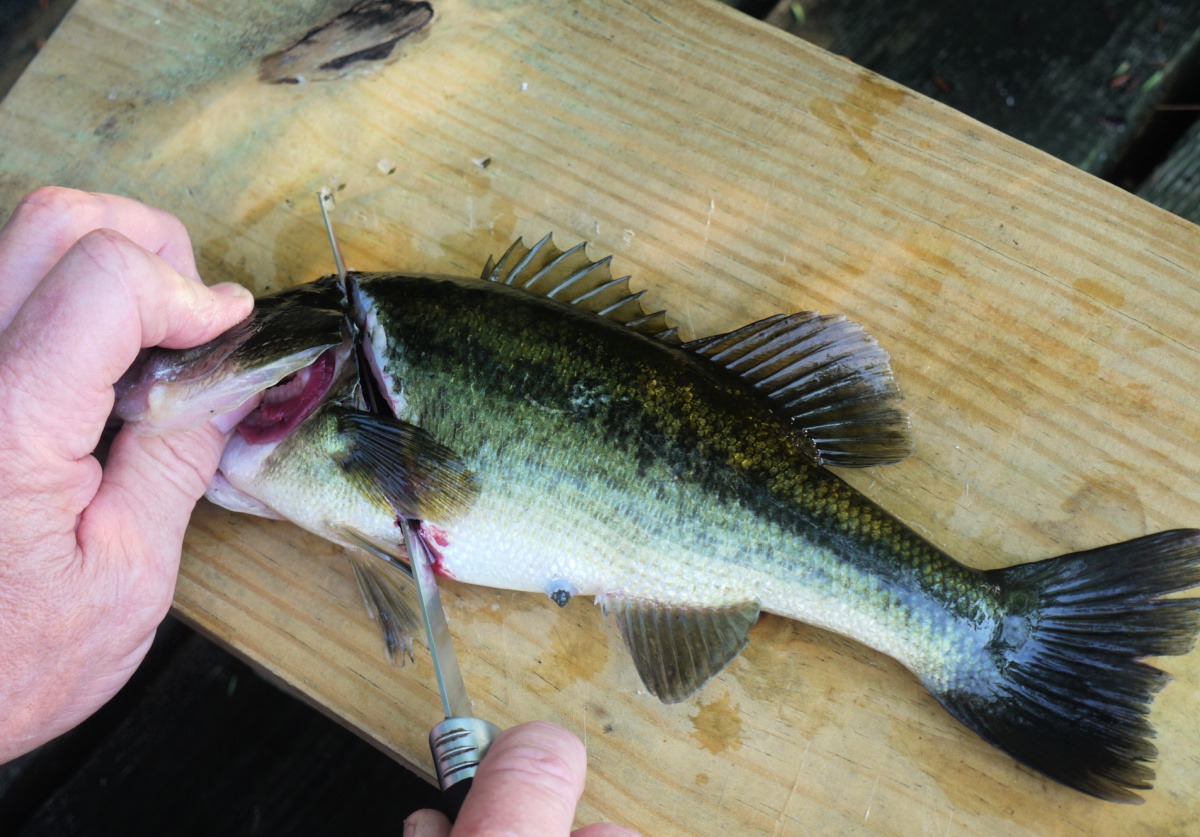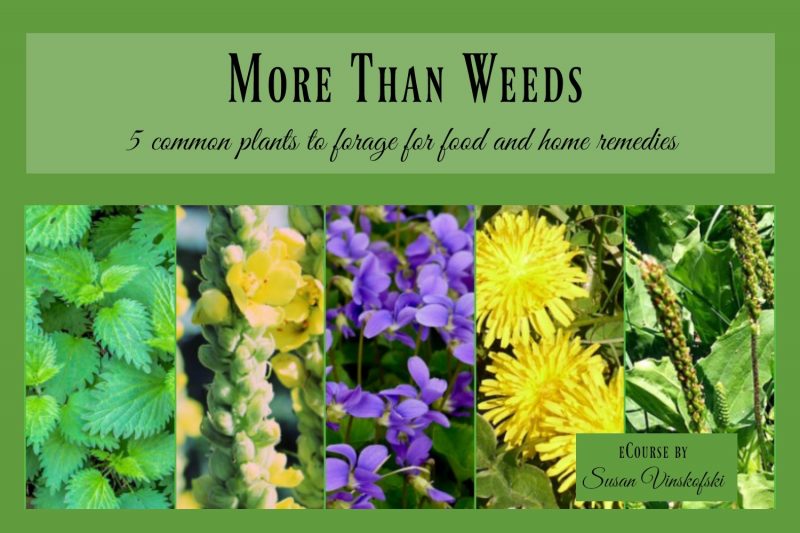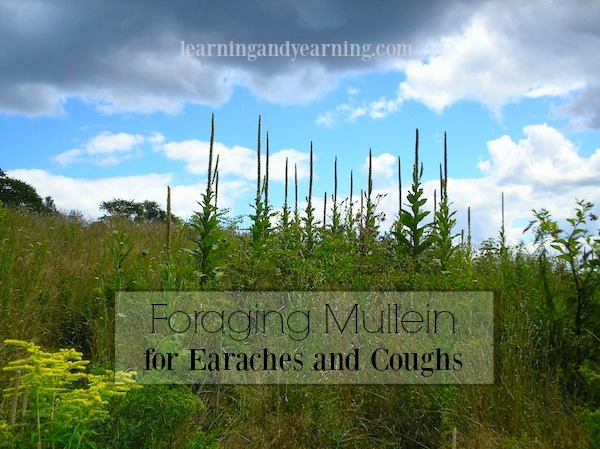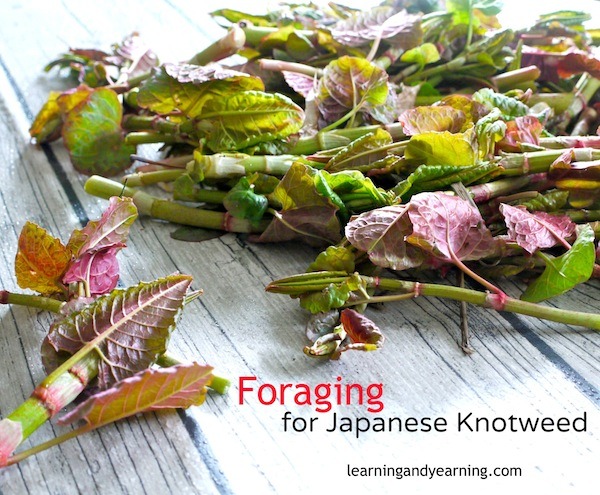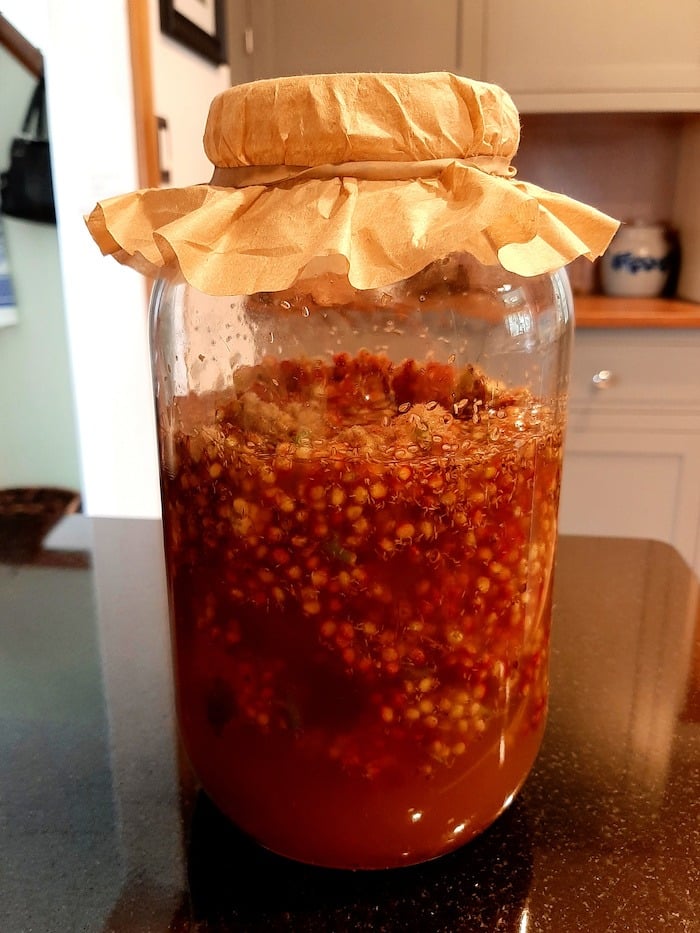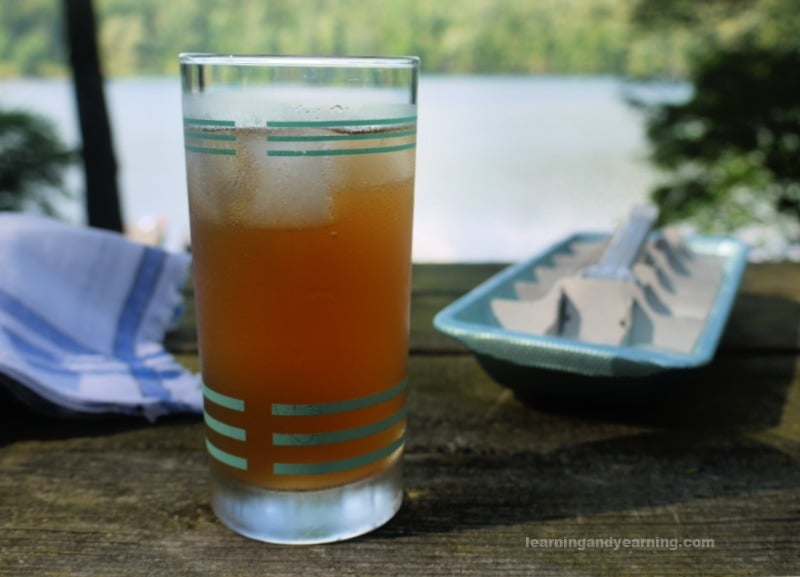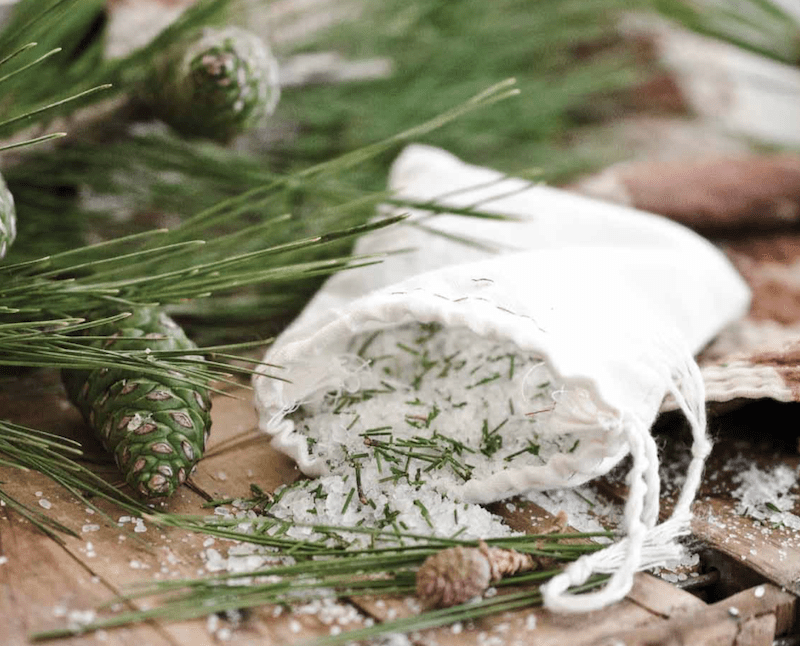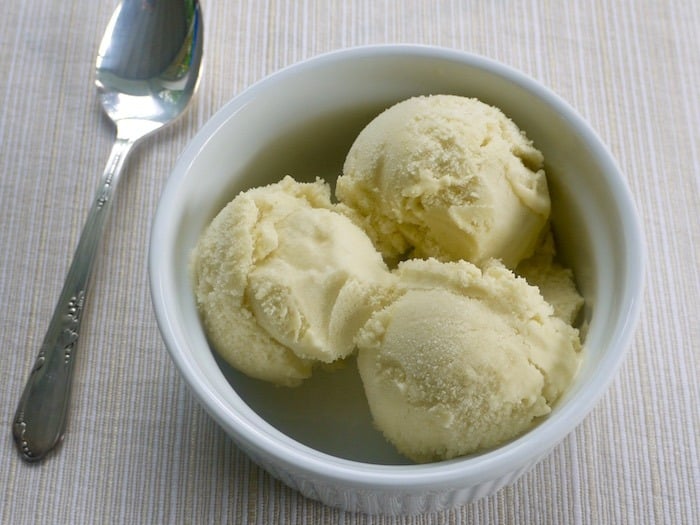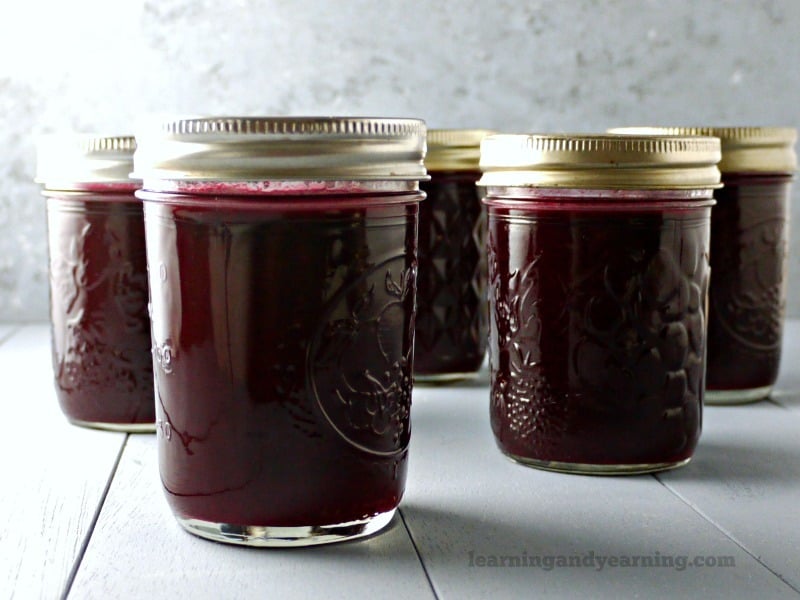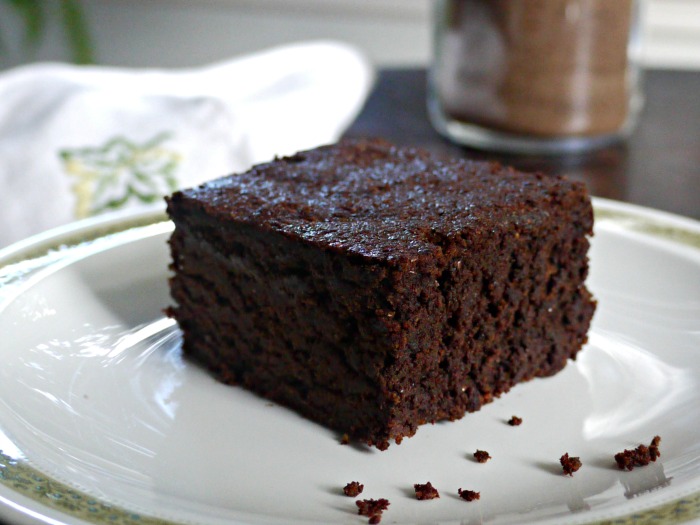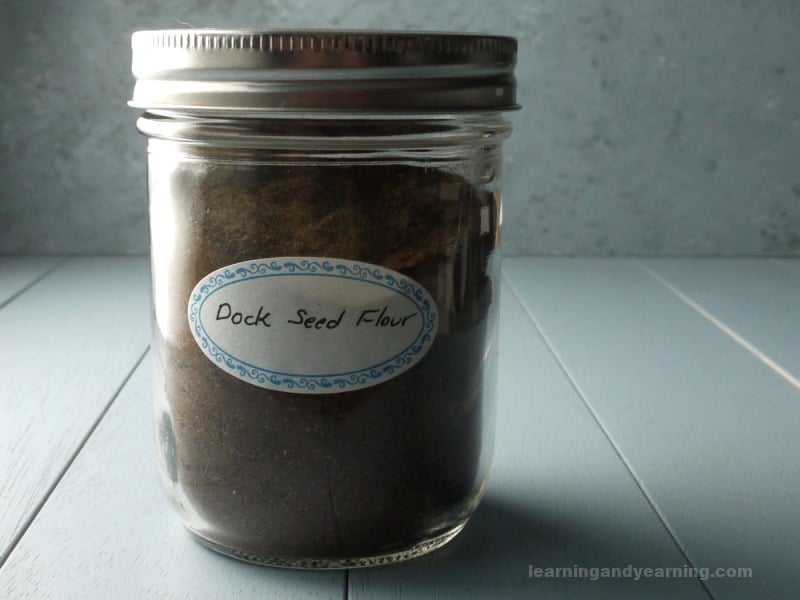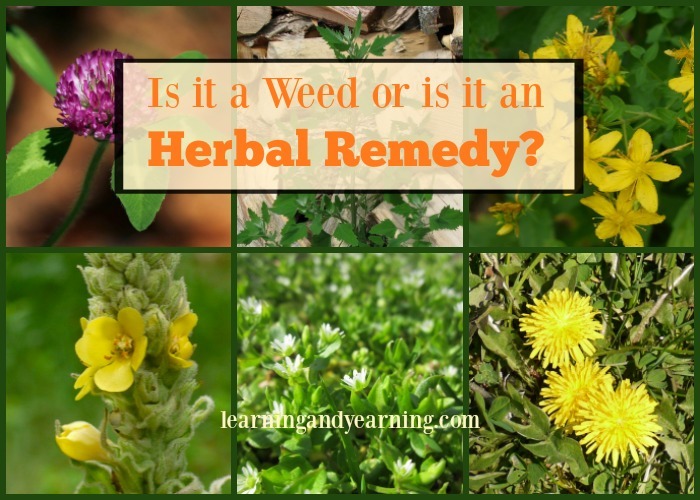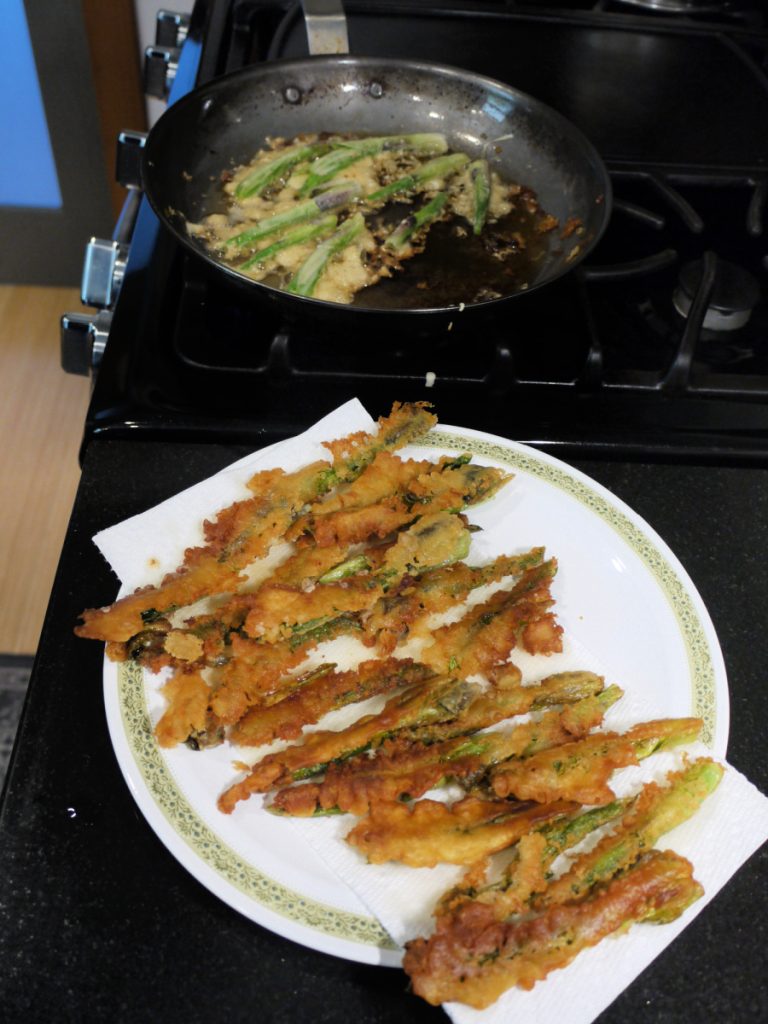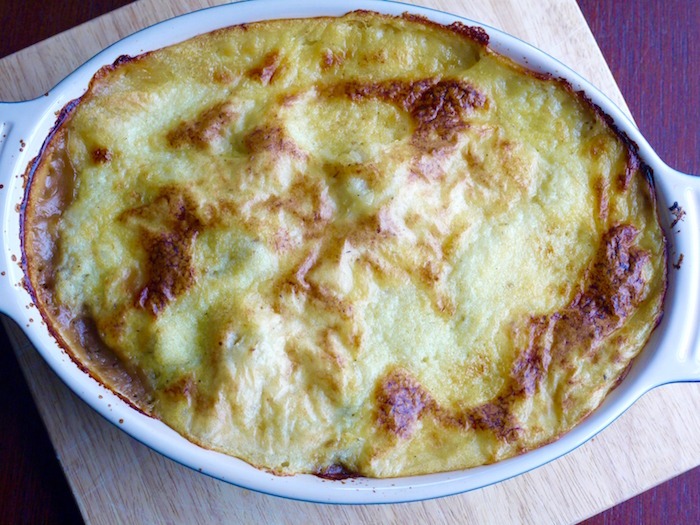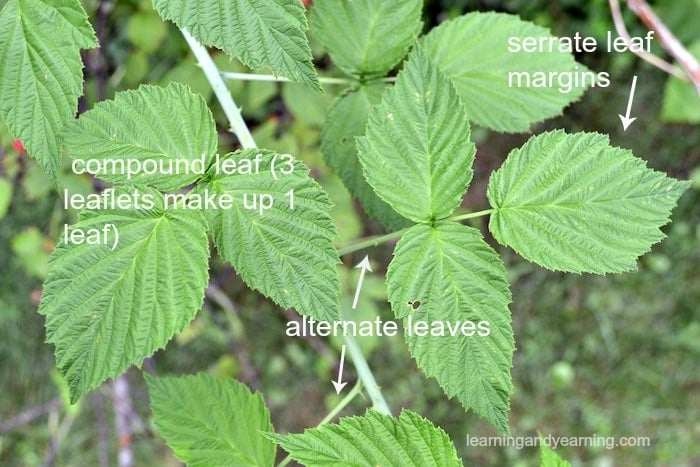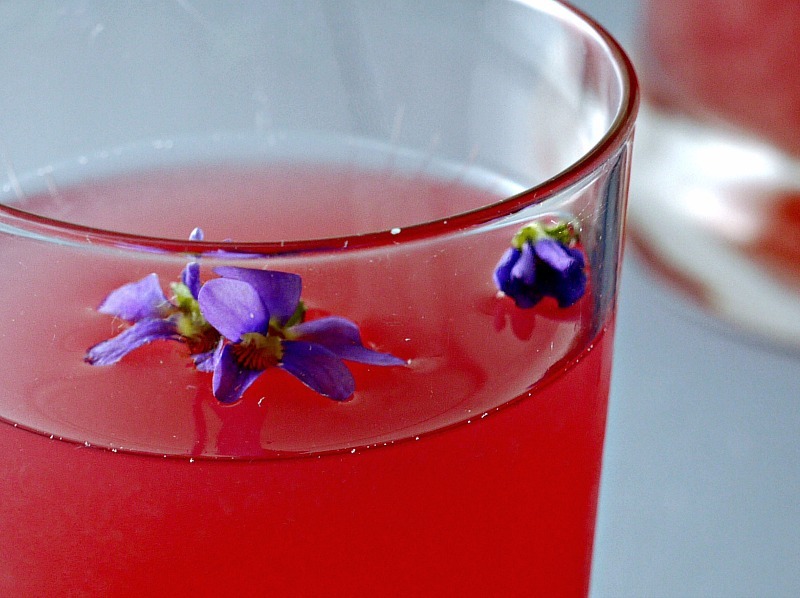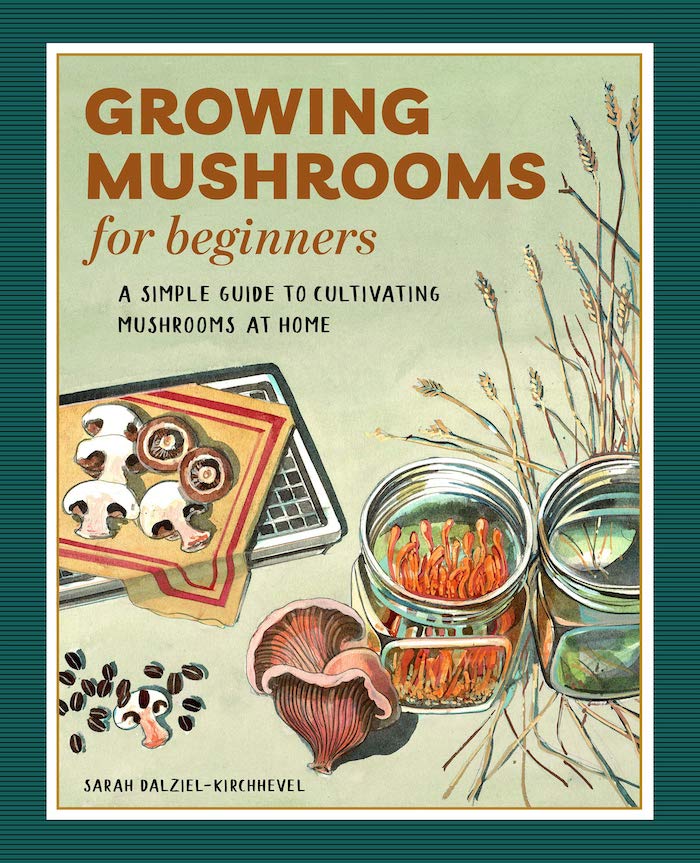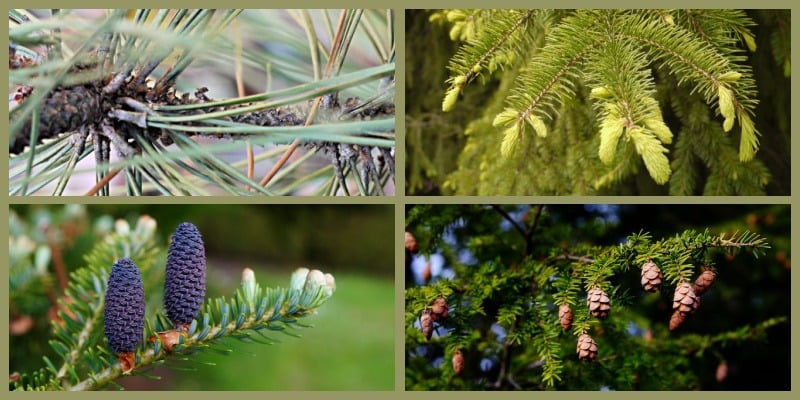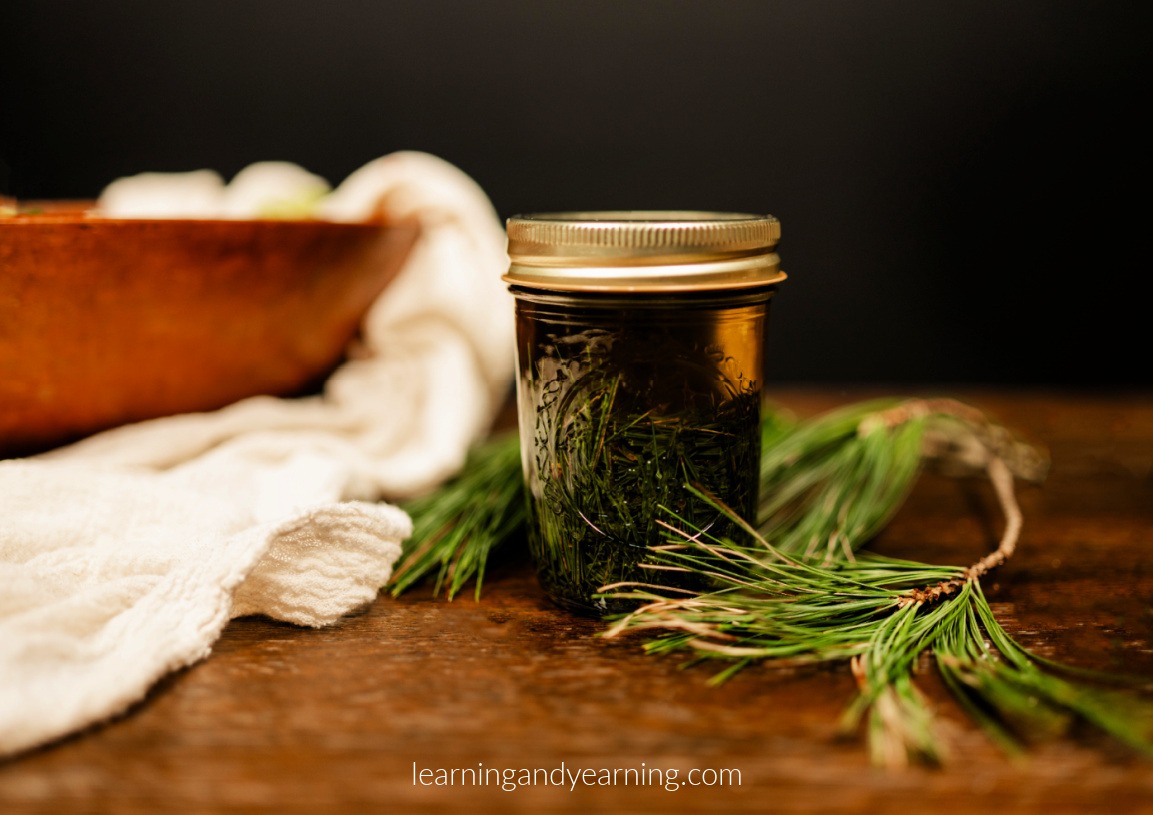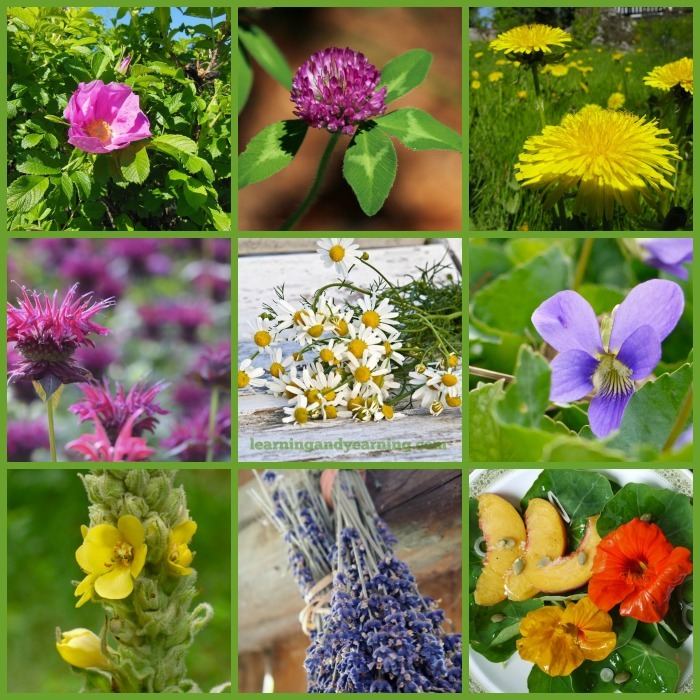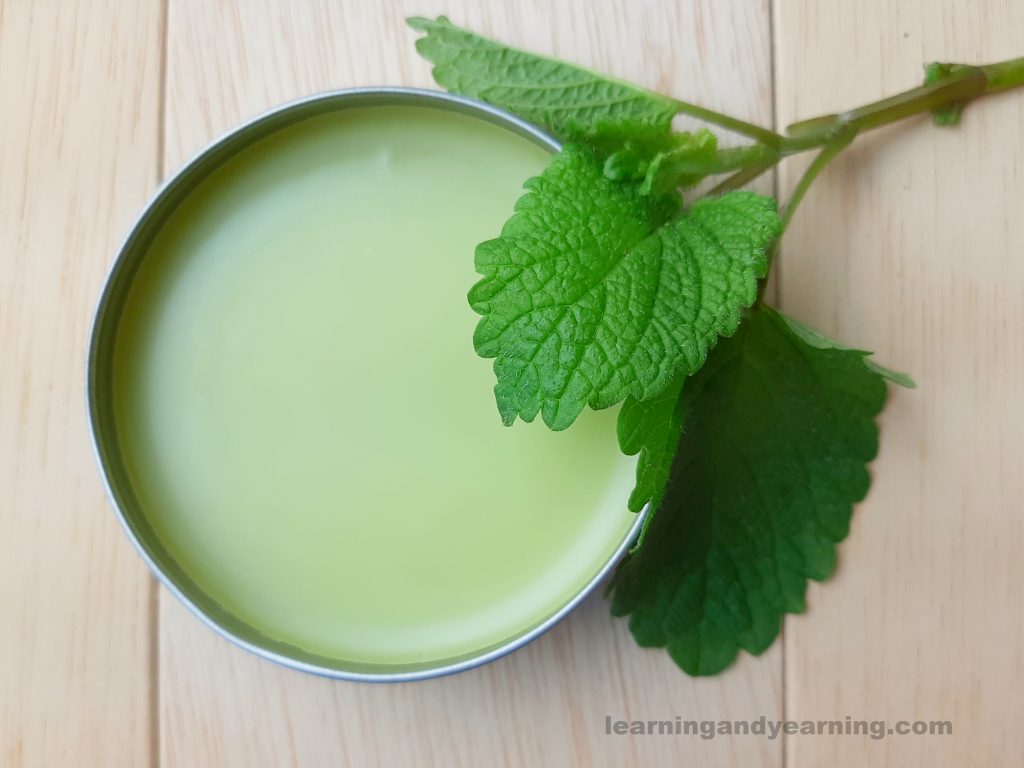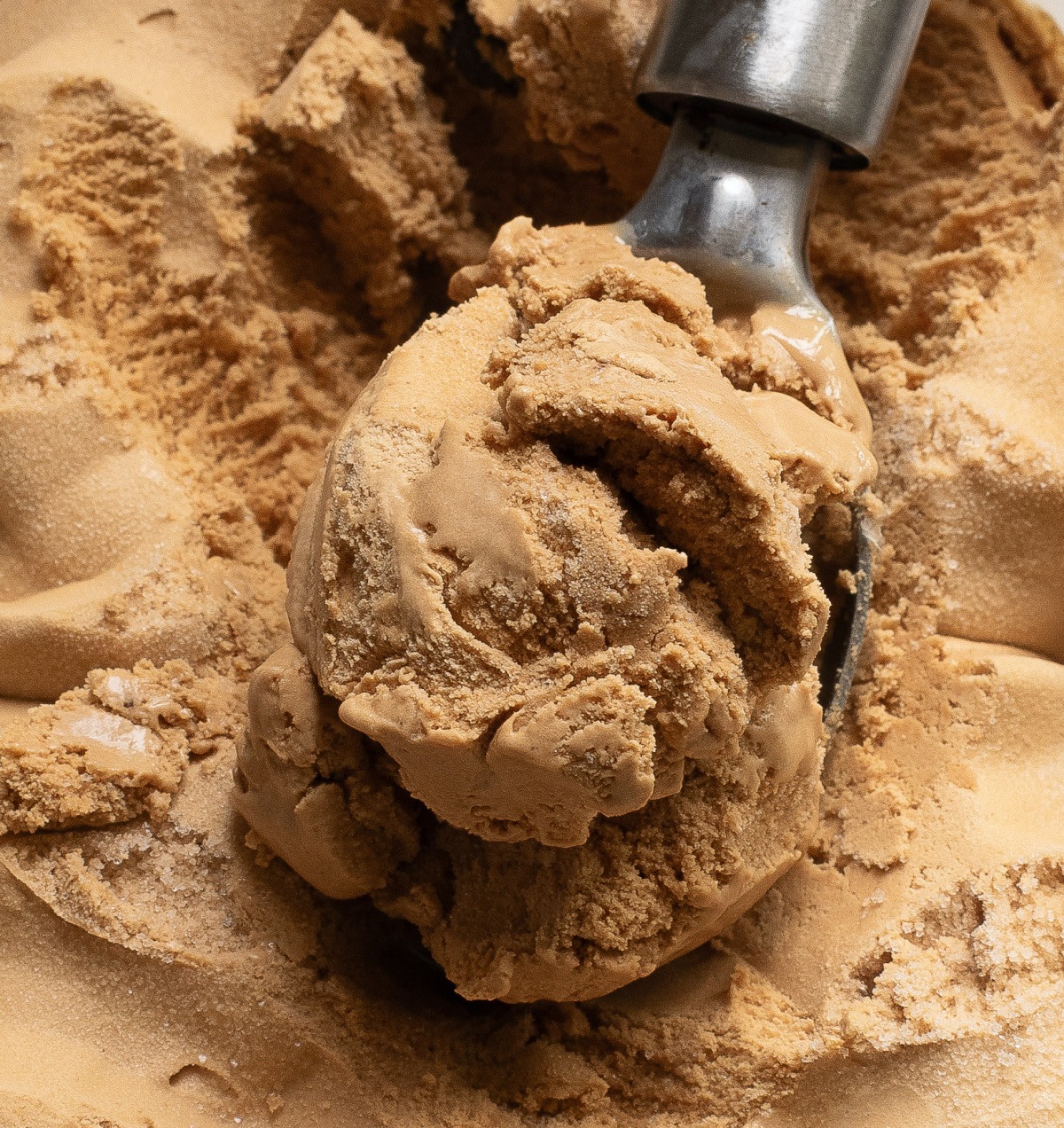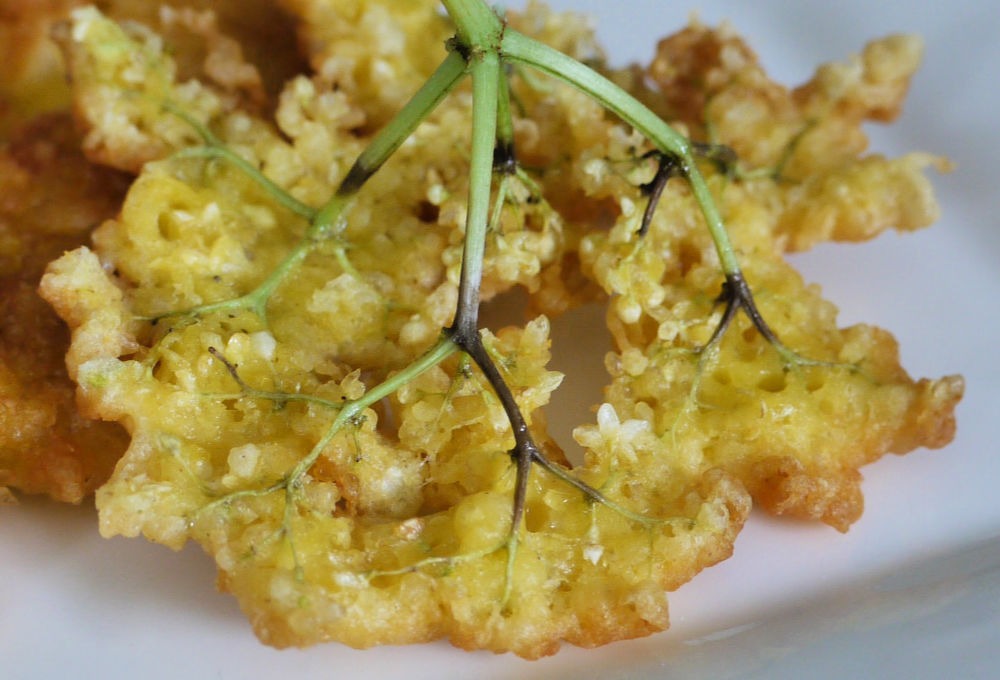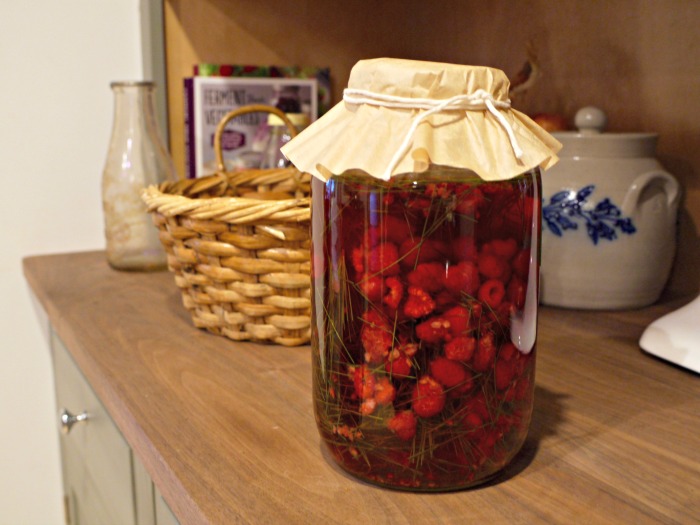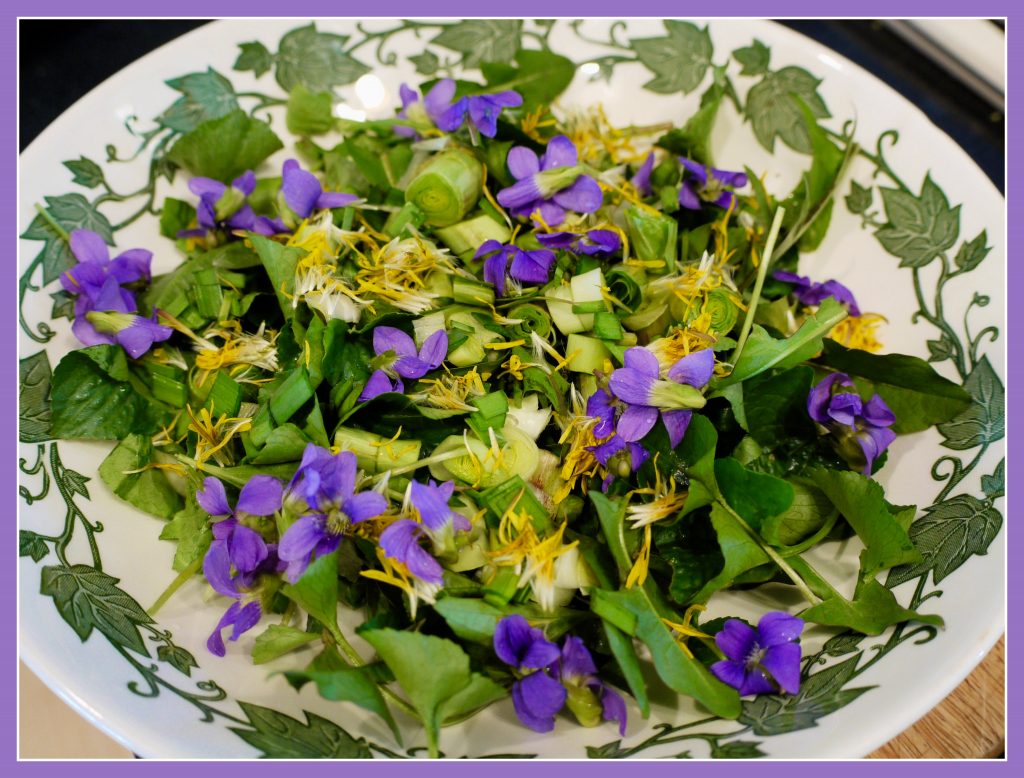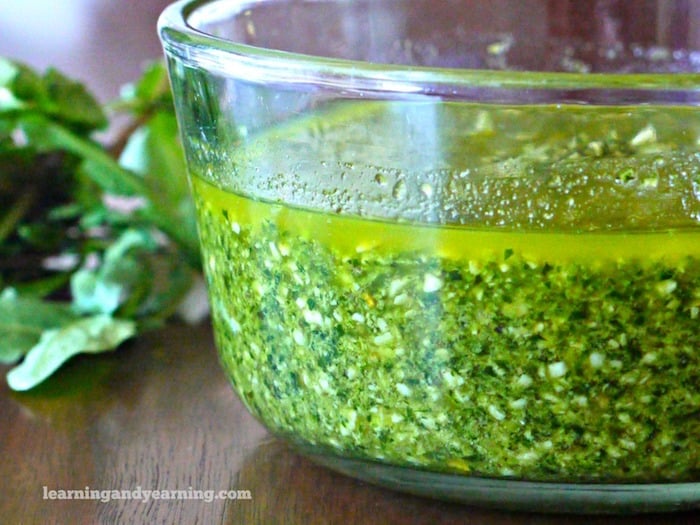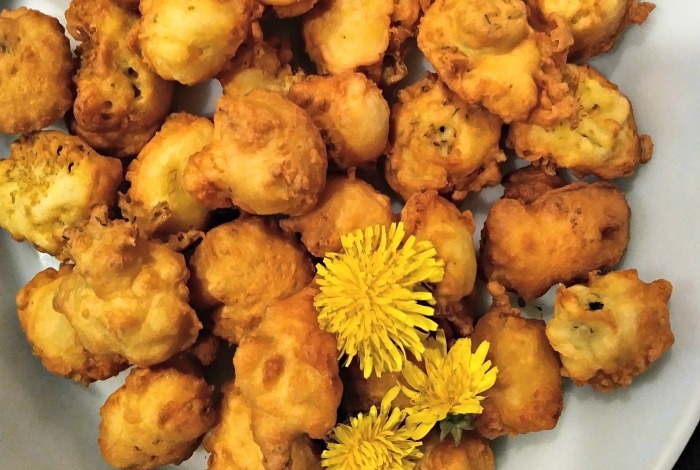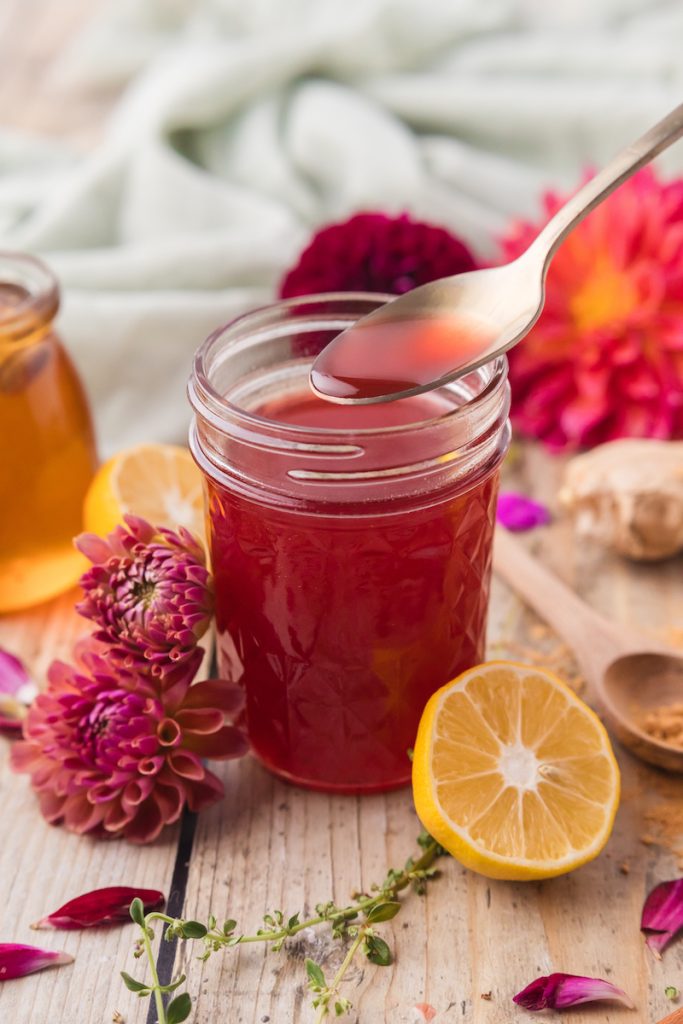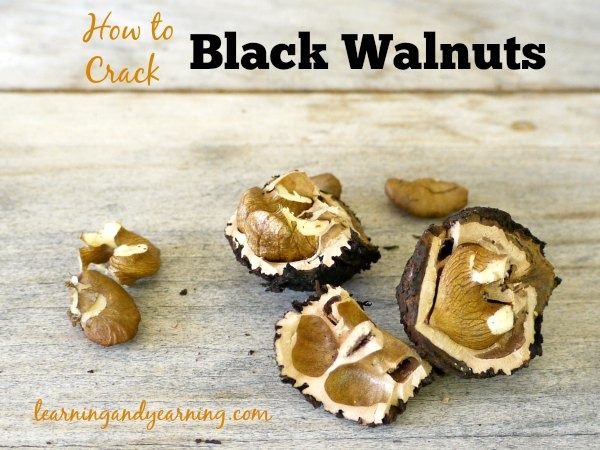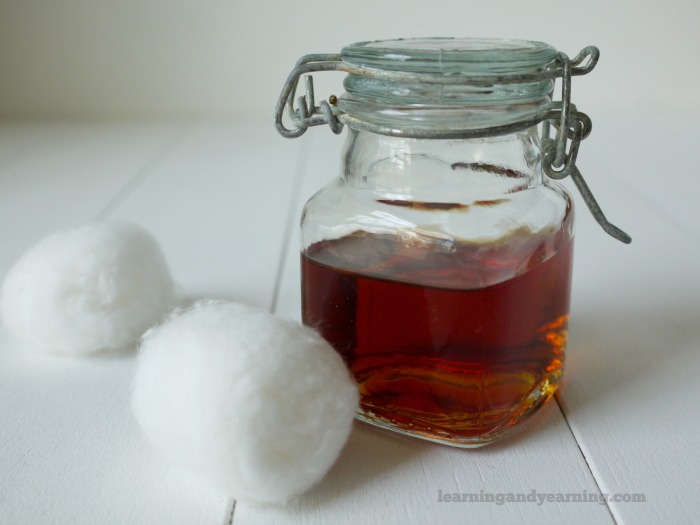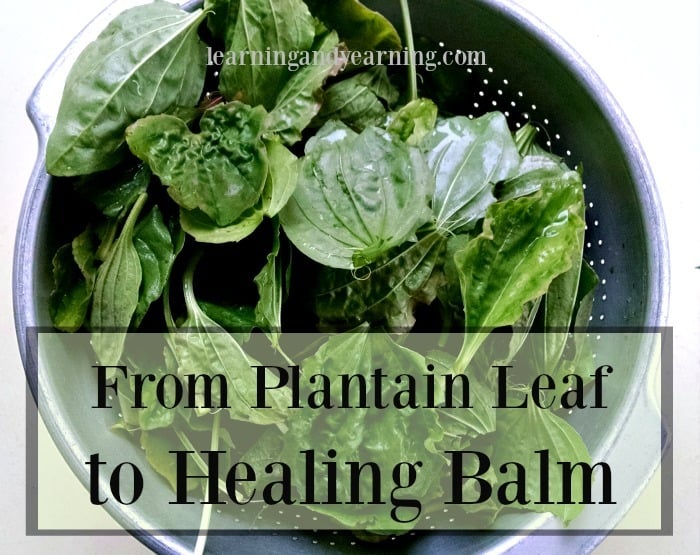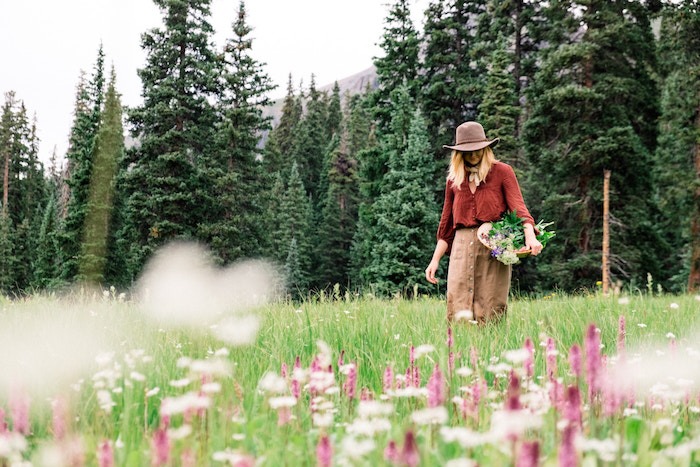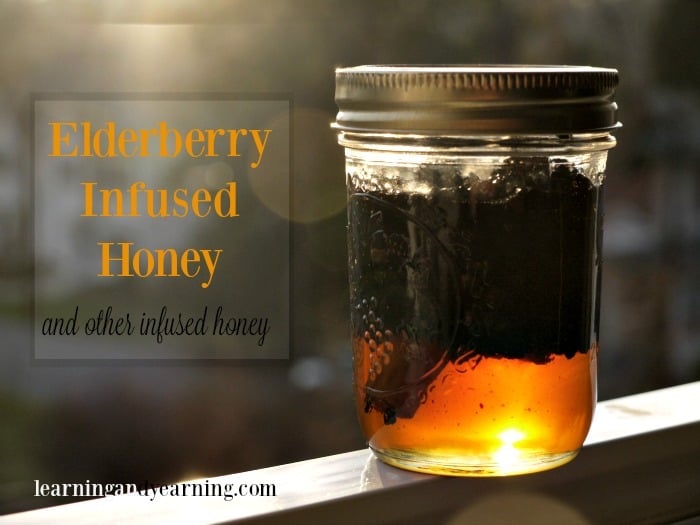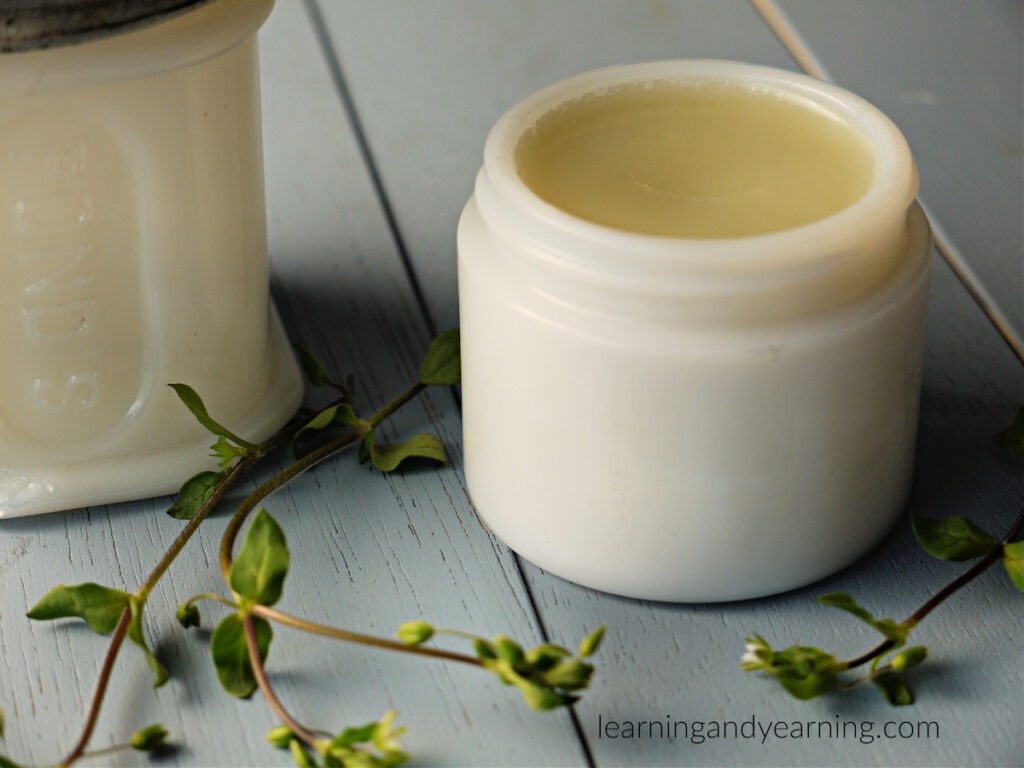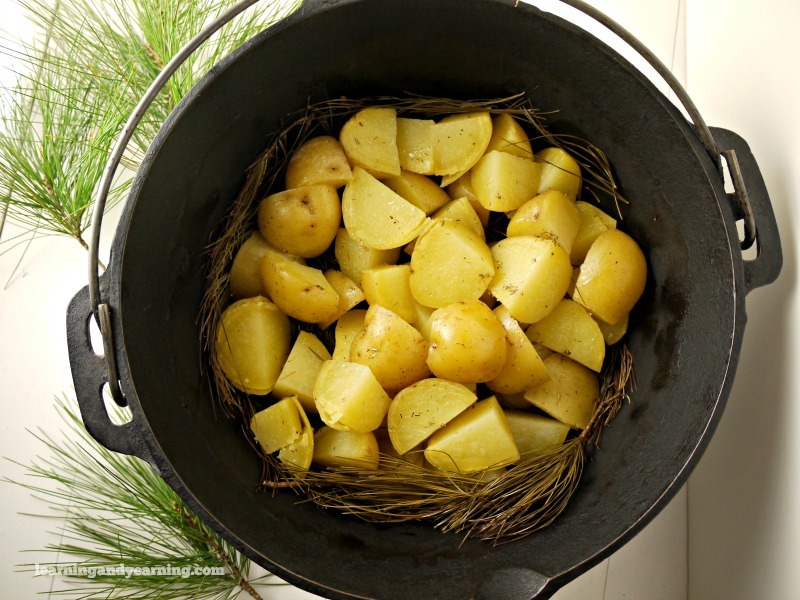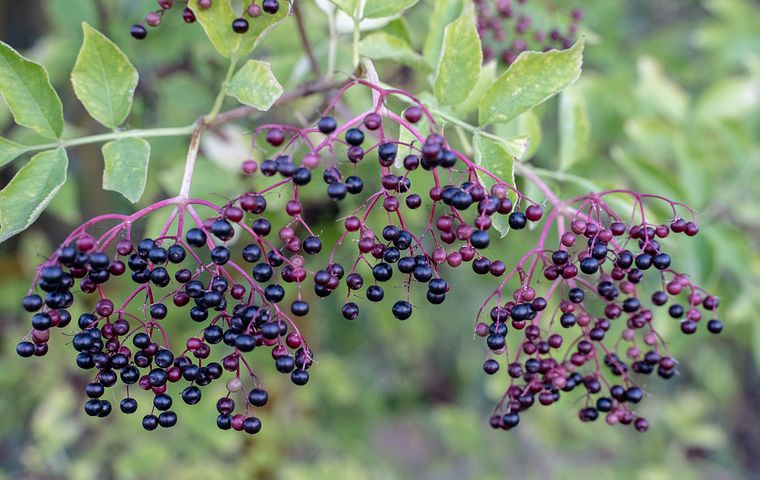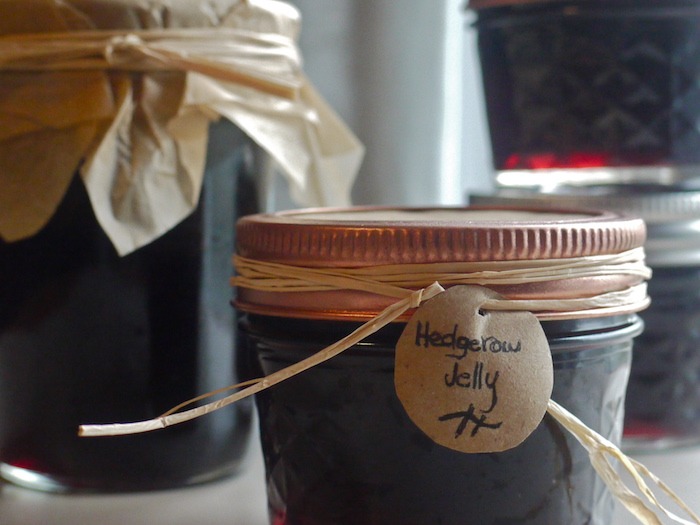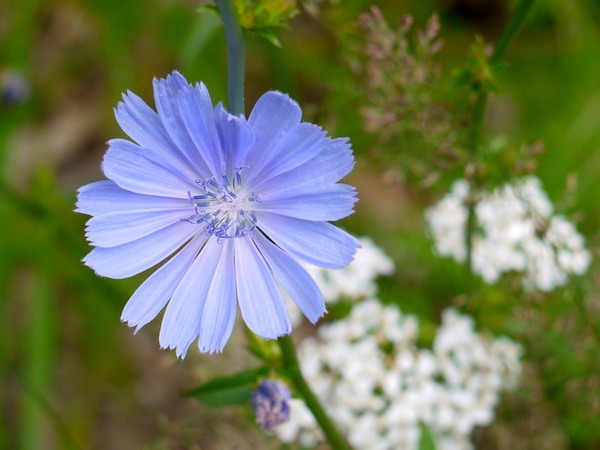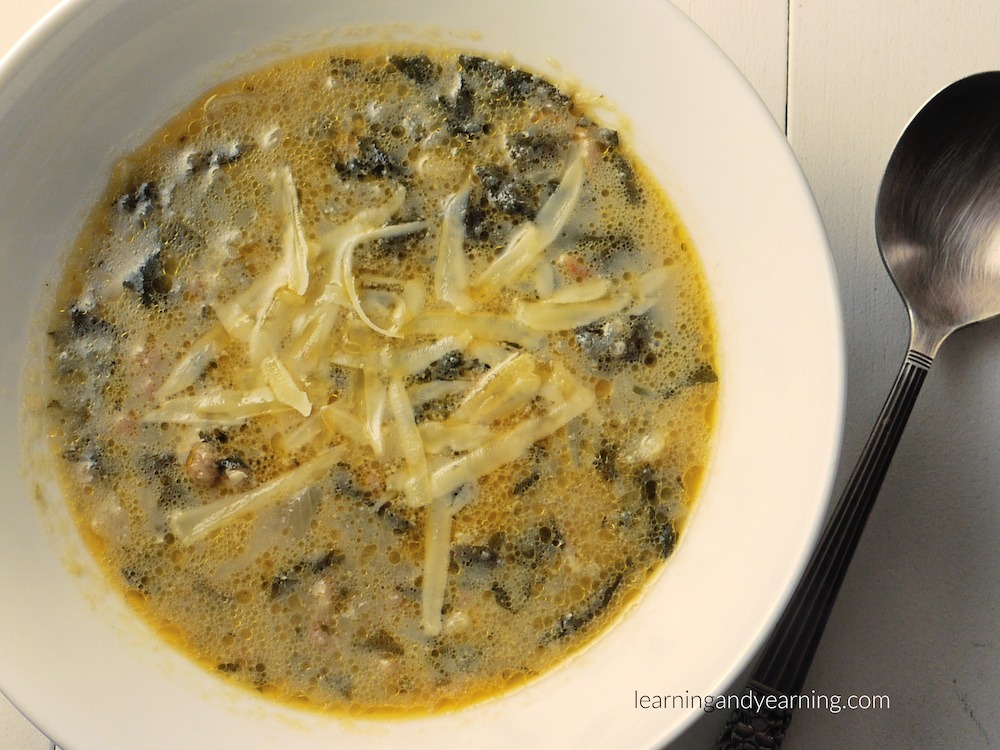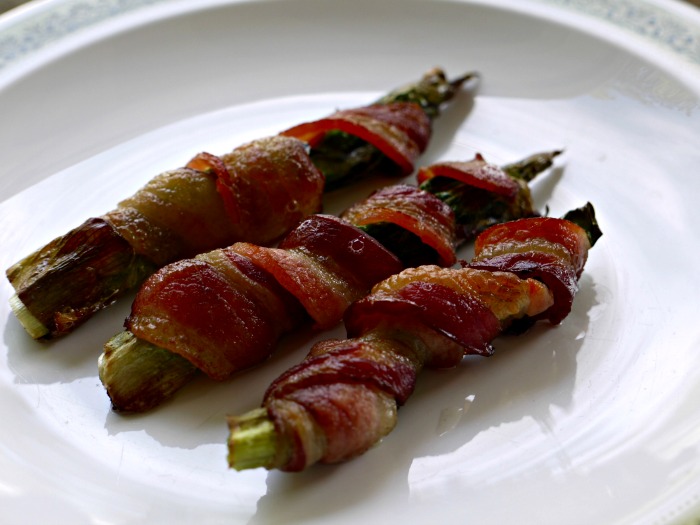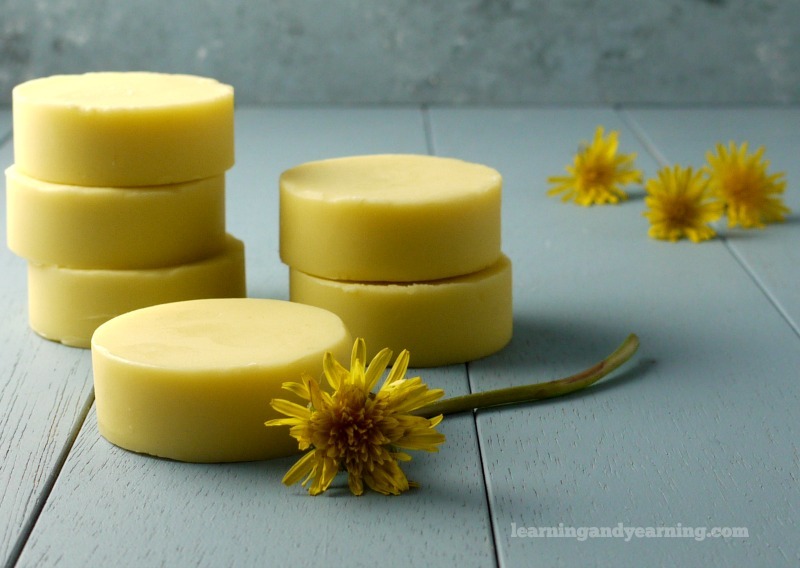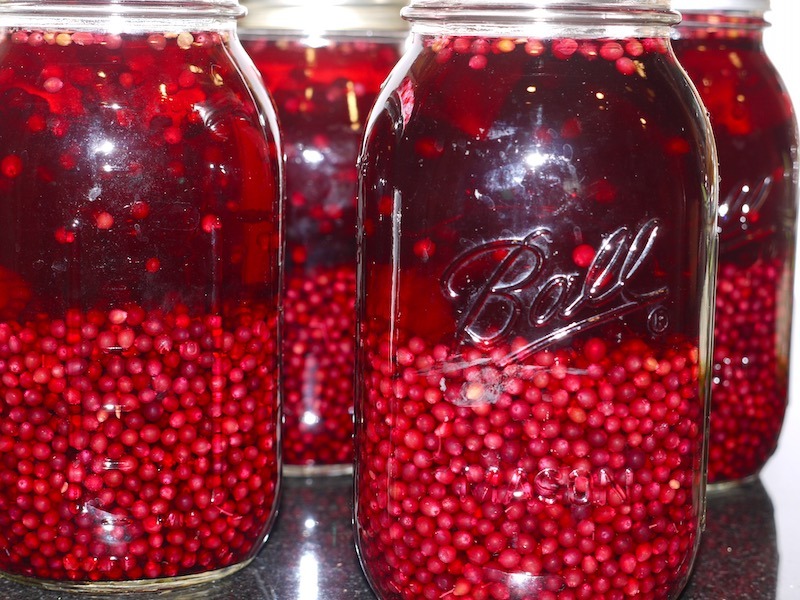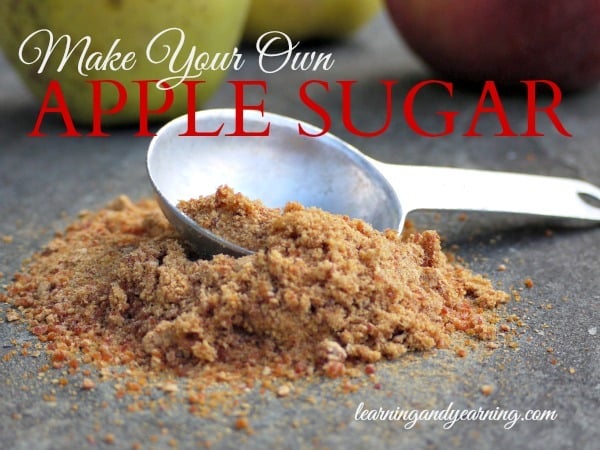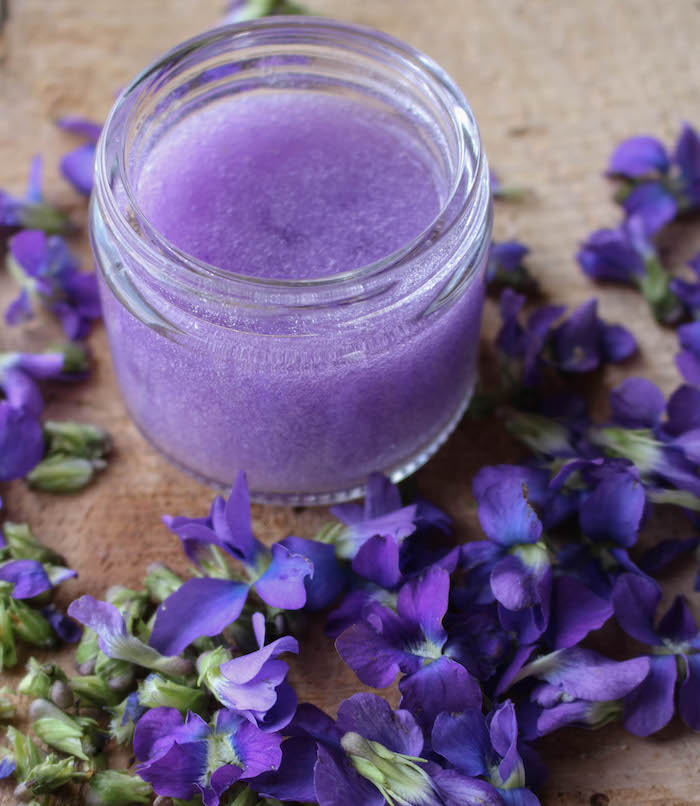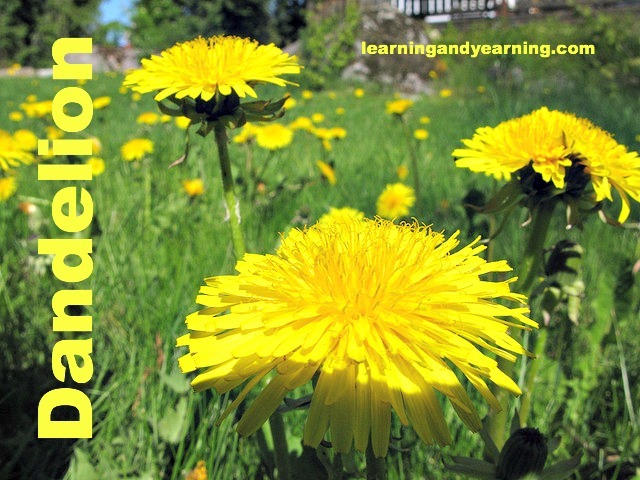Are there flavors and scents that send you straight back to your childhood? Wintergreen does that for me. Growing up, my family spent every summer at a cottage on a lake in the mountains of northeast PA. That mountain is covered with sassafras, mountain laurel, blueberries . . . and wintergreen.
I would be hard pressed to think of a more simple delight than picking a few wintergreen leaves (also known as teaberry), crushing them in my hand and breathing in one of the most wonderful aromas in all creation. Seriously.
Trying to transfer that fragrance to taste in a cup of wintergreen tea, however, can be disappointing to say the least. Generally, with herbs, all that’s needed to enjoy a good cup of tea is a teaspoon or so of fresh or dried herb and some boiling water.
Not so with wintergreen. Pour boiling water over wintergreen and you’ll get a cup of boiling water. Well, I’m exaggerating a bit; there will be the faintest scent but practically no taste.
Identifying and Harvesting Wintergreen
American wintergreen (Gaultheria Procumbens) is a low-growing perennial evergreen that may be foraged year-round. Also known as teaberry, it is found from Newfoundland to Georgia and west to Minnesota. See the range map here.
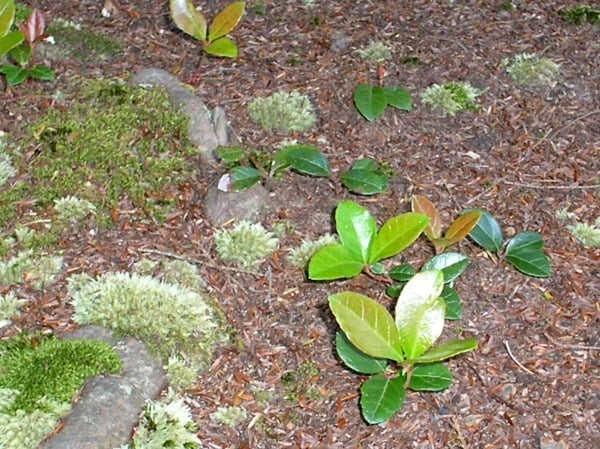
Wintergreen prefers mountainous woodlands with dappled sunlight. It creeps along the ground in acidic soil and can form a thick carpet of oval or elliptical, shiny leaves that are about 2″ long. In late summer, it forms a red berry at the base of its leaves. Crushing the leaf is the surest way to positively identify wintergreen. If crushing it doesn’t produce a minty, wintergreen aroma, it’s not wintergreen.
In my area, wintergreen can be quite abundant. I know areas where I could harvest leaves for hours and still have plenty left. That’s not always the case, however, and the amount you harvest should always take this into consideration. Learn more about the ethics of foraging here.
The Benefits of Wintergreen
Wintergreen contains methyl salicylate, an aspirin-like chemical, which can help to alleviate the pain of headaches, muscle cramps, joint pain and more. It can also bring relief for digestive issues. If you are allergic to aspirin, you should avoid wintergreen.
The Trick to a Good Cup of Wintergreen Tea
So what’s the trick to a good cup of wintergreen tea? That would be the magic of fermentation.
Just pouring boiling water over wintergreen leaves won’t produce much of a flavor. Ferment them in water, however, and the flavor develops nicely.
To do so, pack a jar with wintergreen leaves and cover with chlorine-free water. Place a lid on your jar, cover with a tea towel, and leave on your counter or other warm area for 3 days, or until you see bubbles forming. Strain, and warm the tea gently just to drinking temperature.
For more information on foraging, see these Top Rated Foraging Books.
More Posts You’ll Love
Wild Foraged Wintergreen Oil Salve
Plantain and Kelp Tooth Powder
How to Make Hickory Bark Syrup
How to Harvest and Crack Black Walnuts
Have you foraged wintergreen? What ways have you found to use it?

